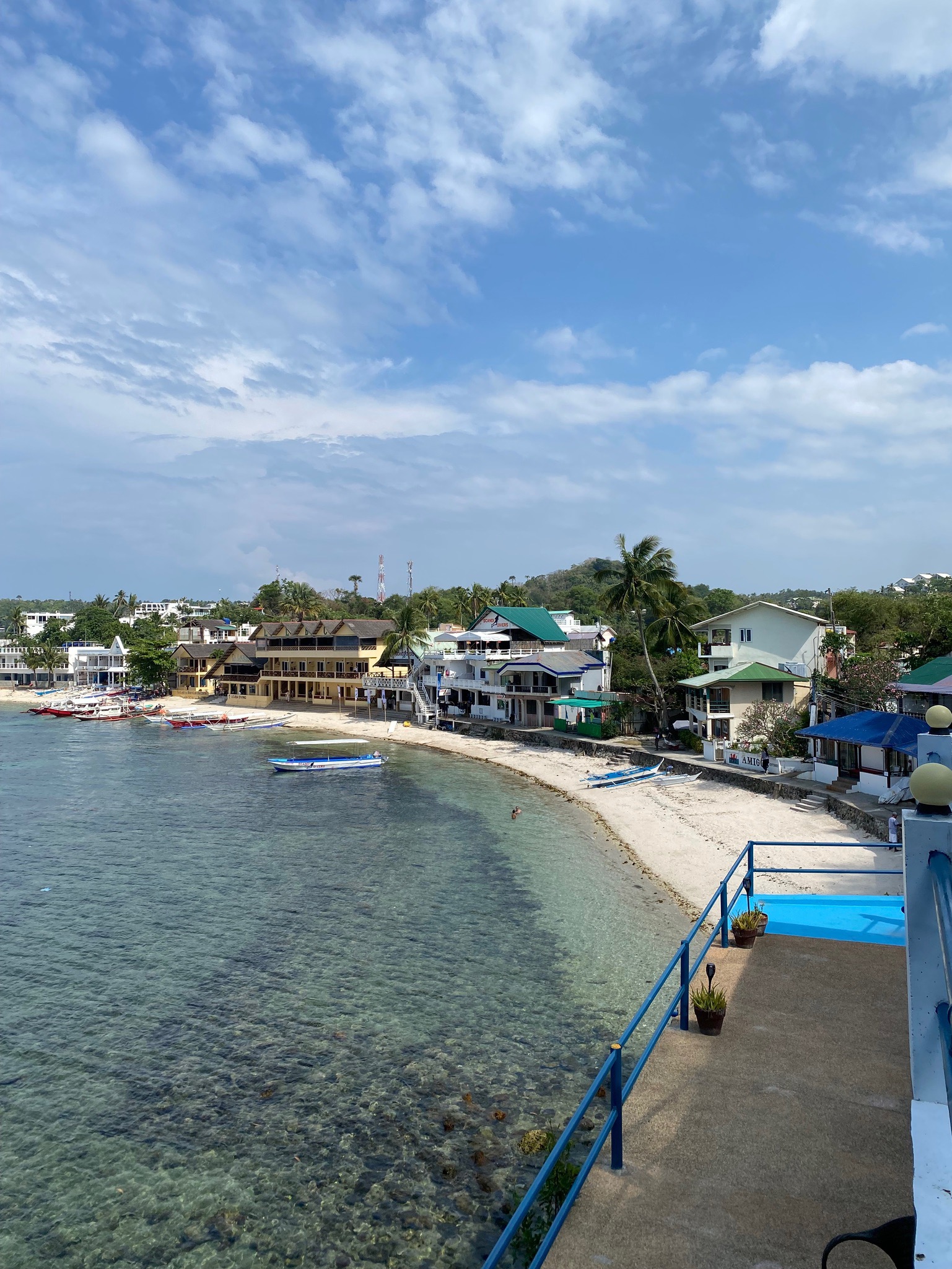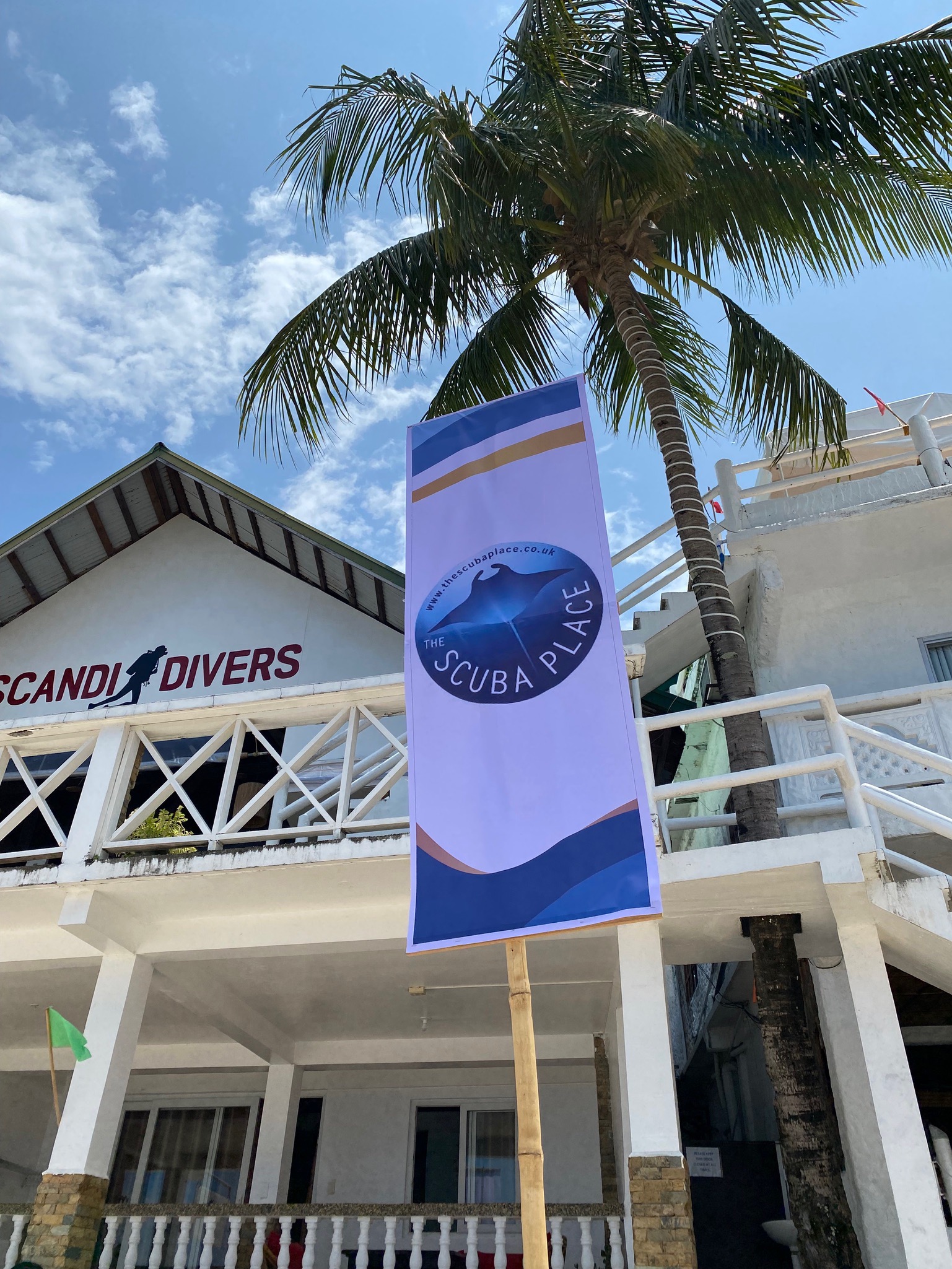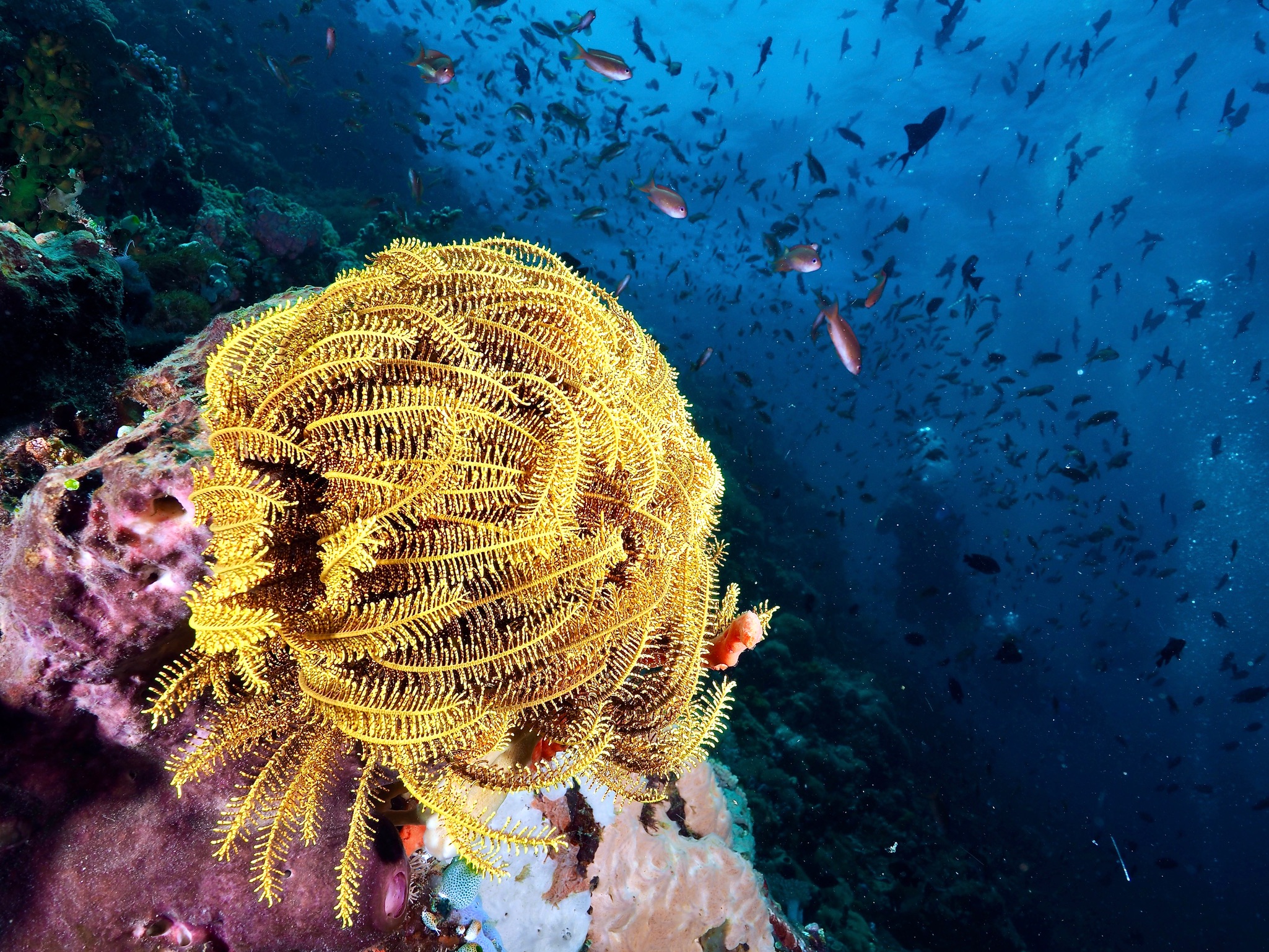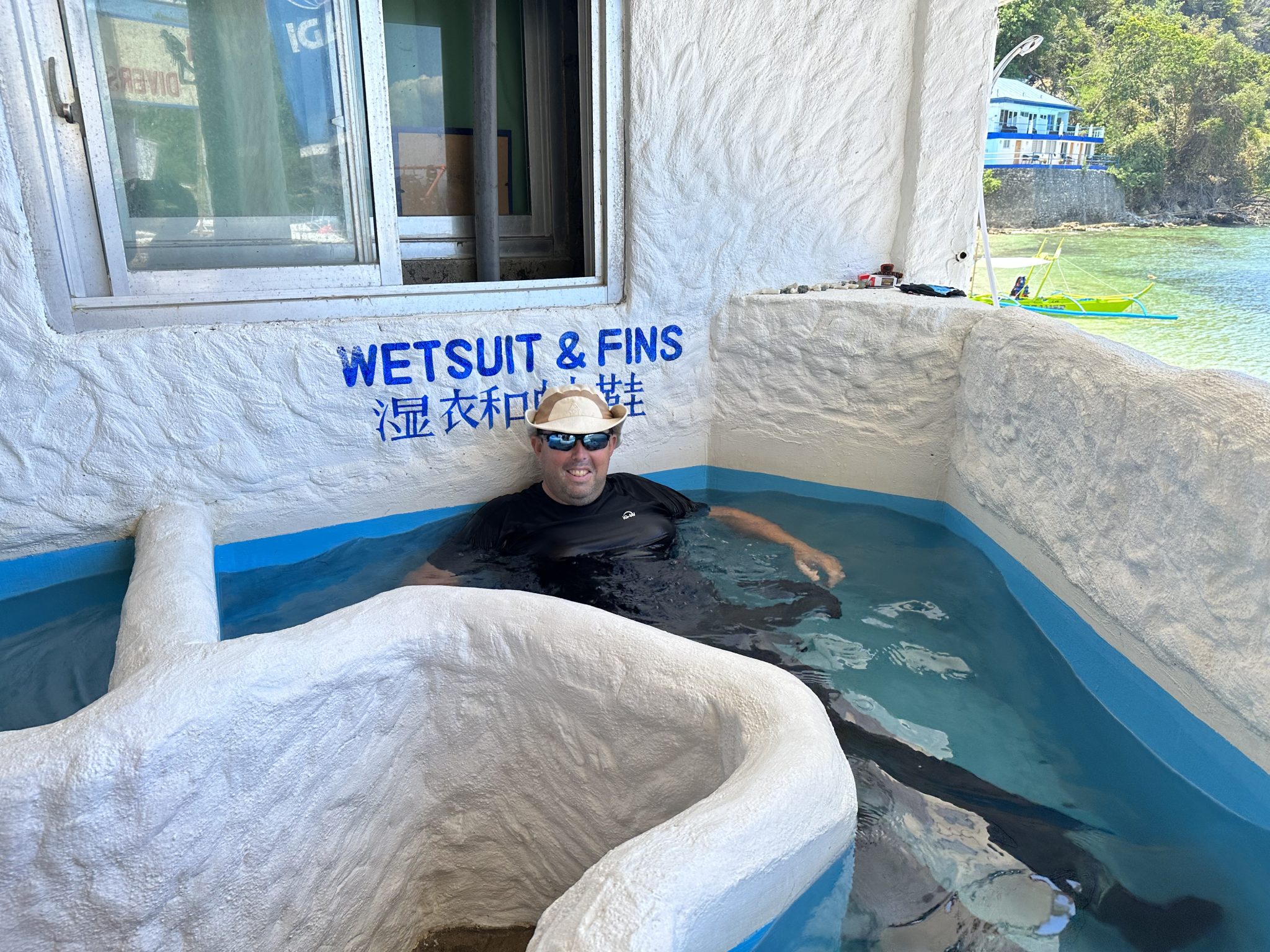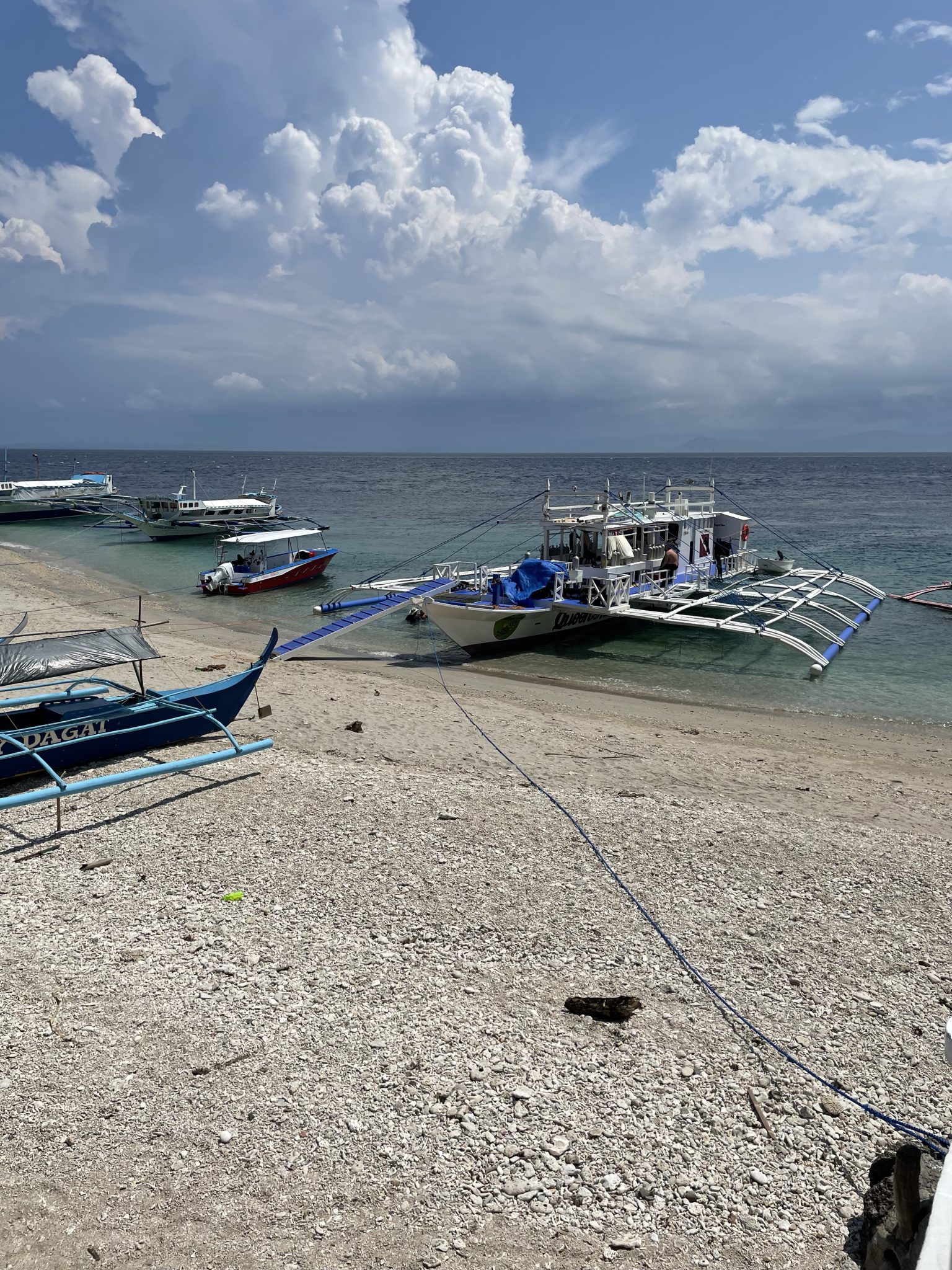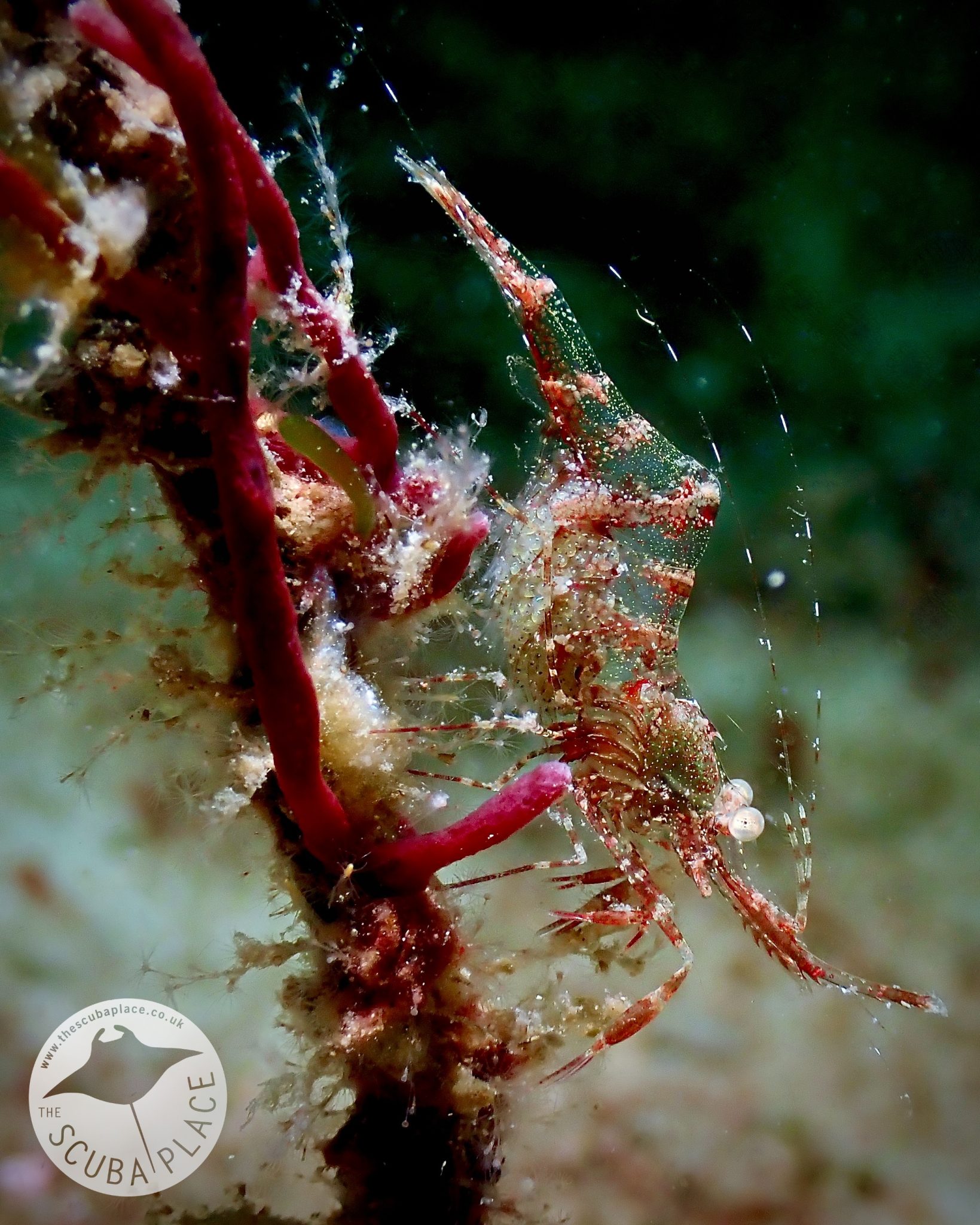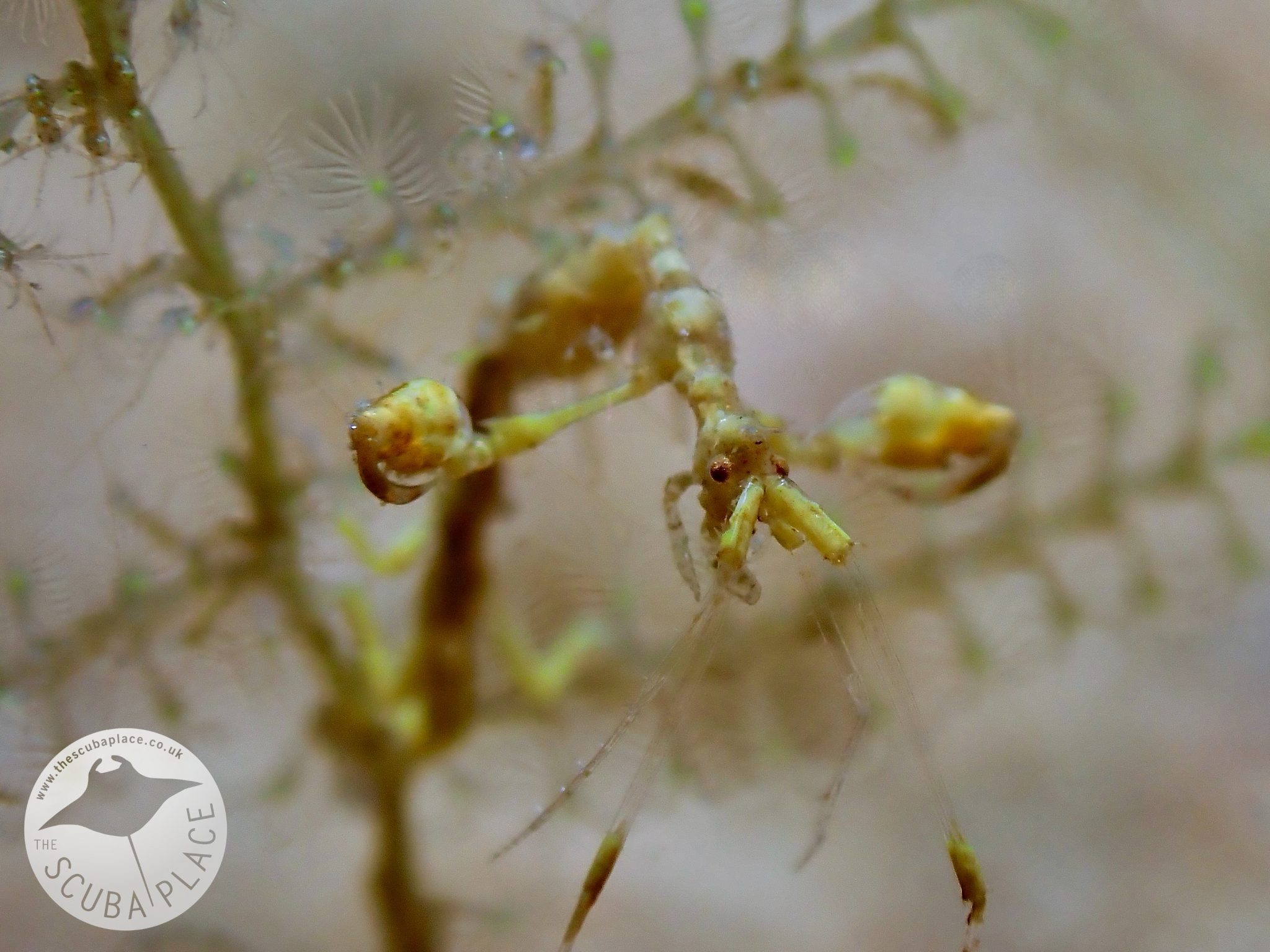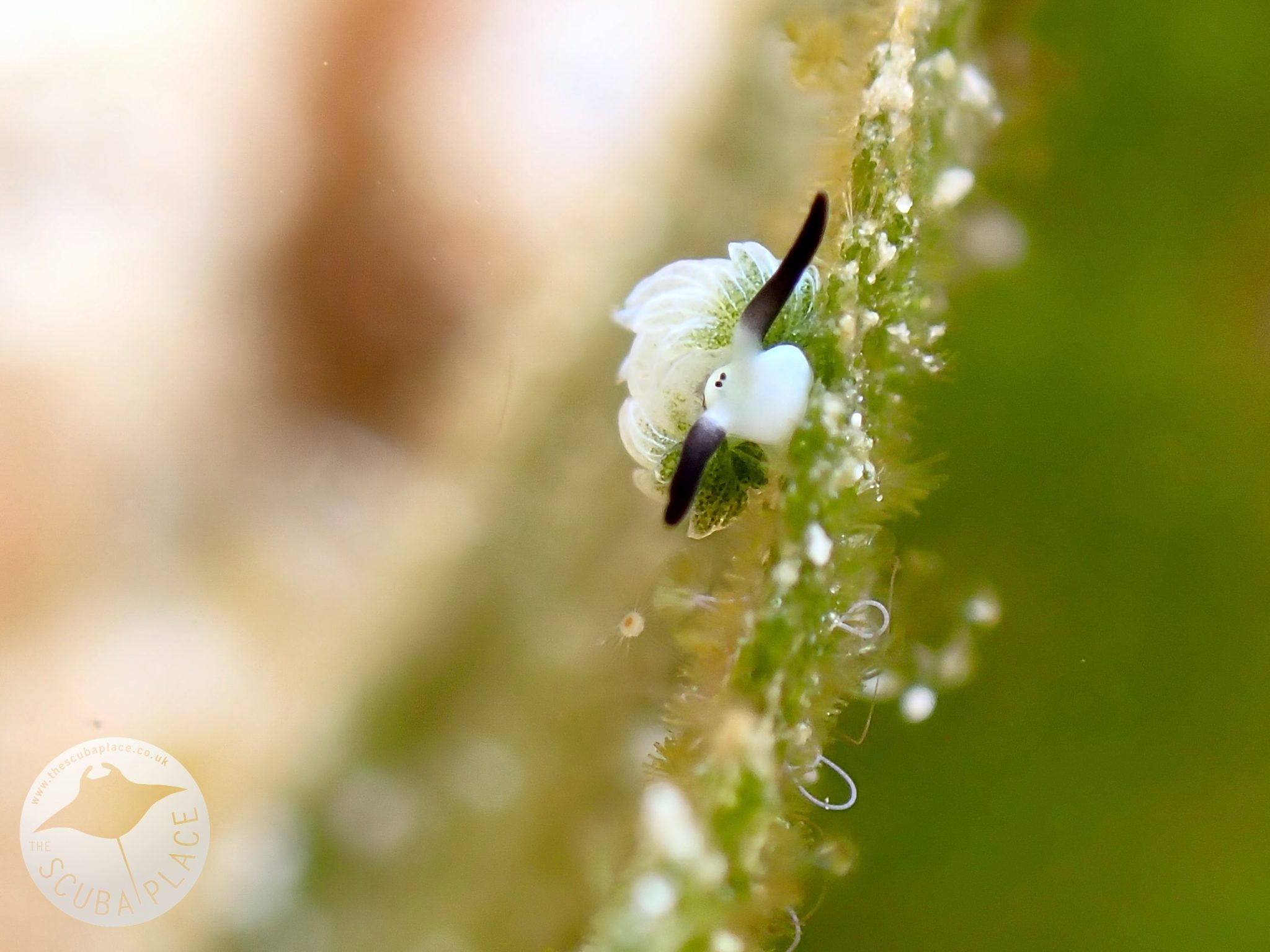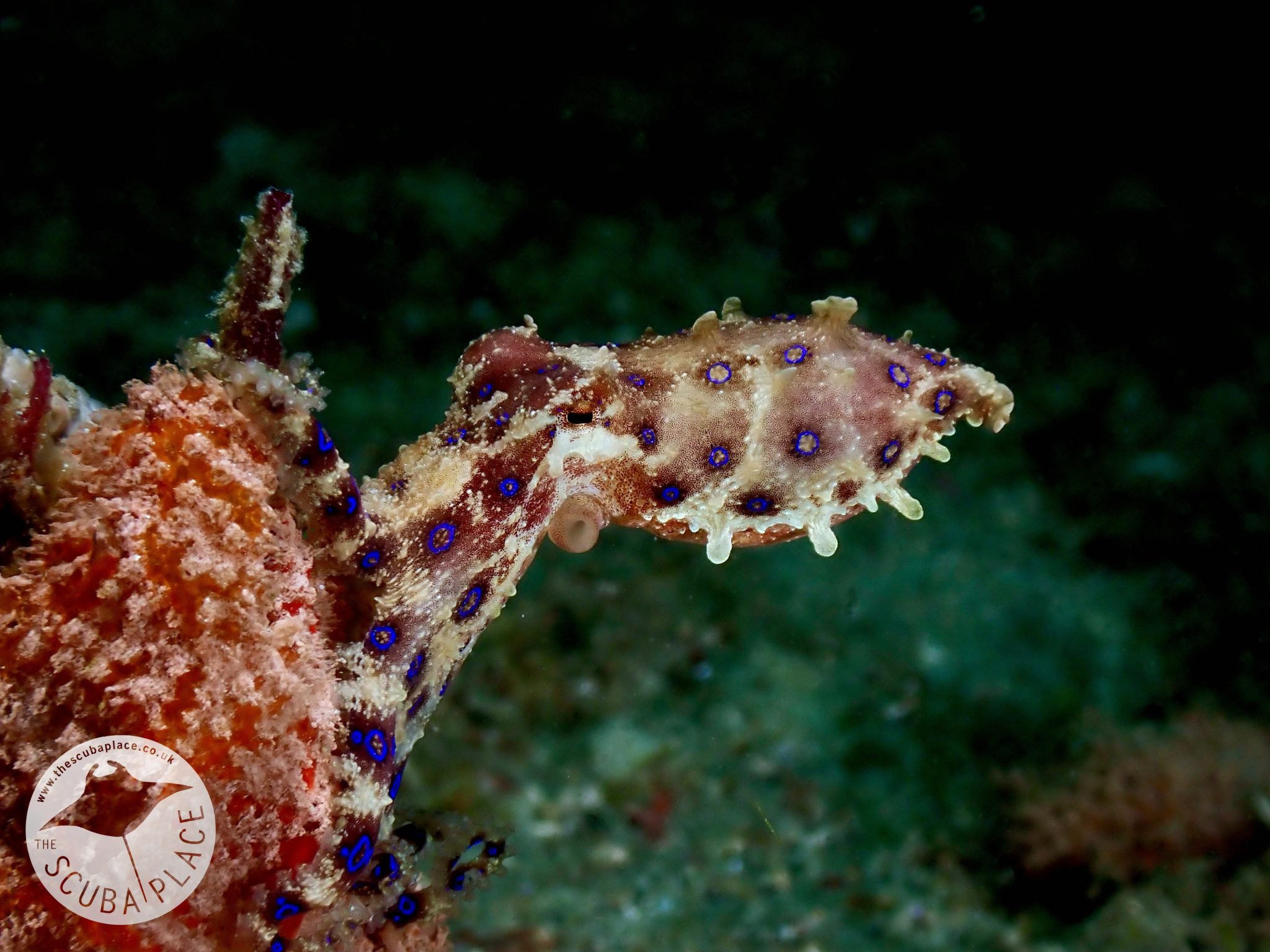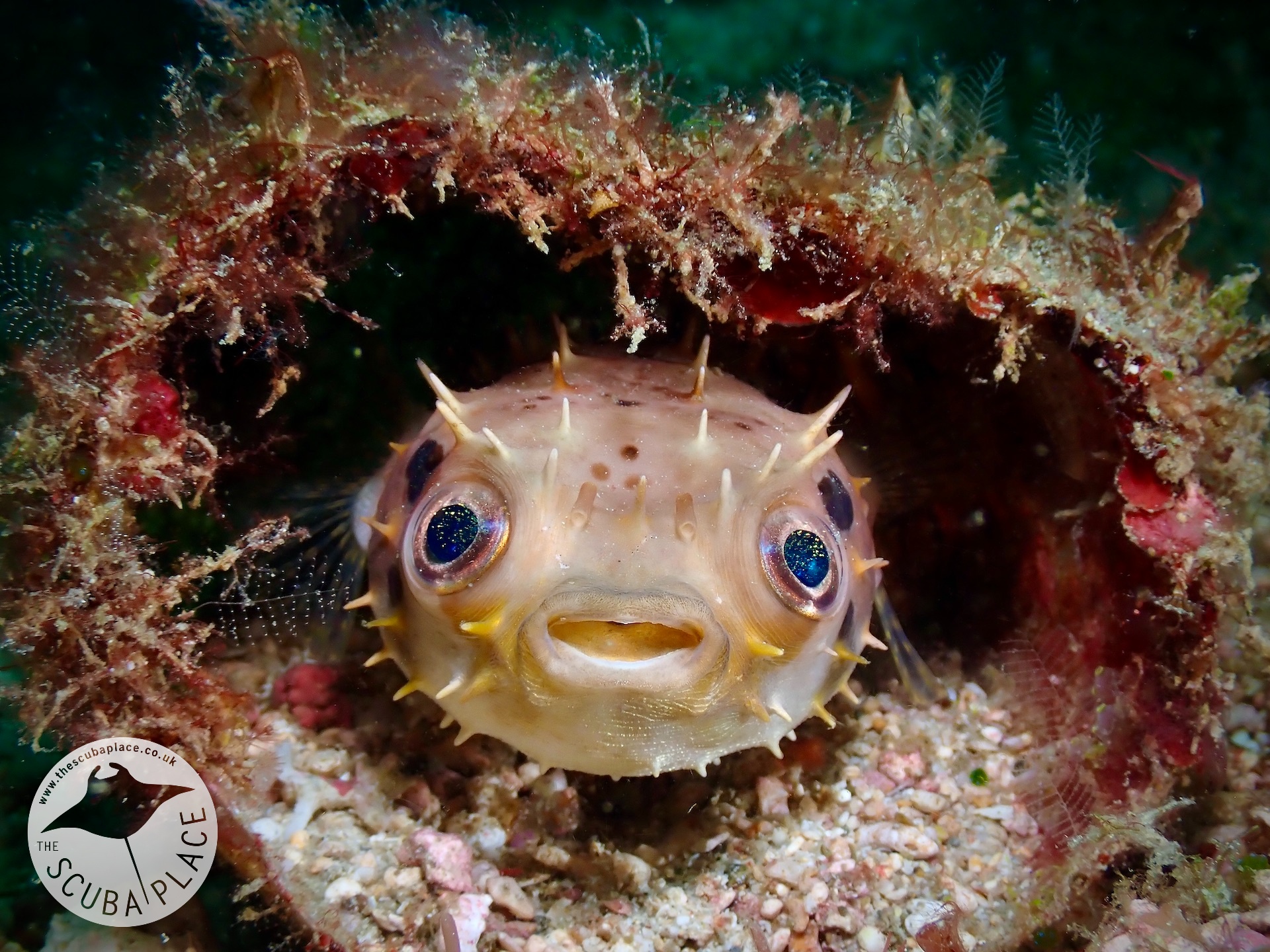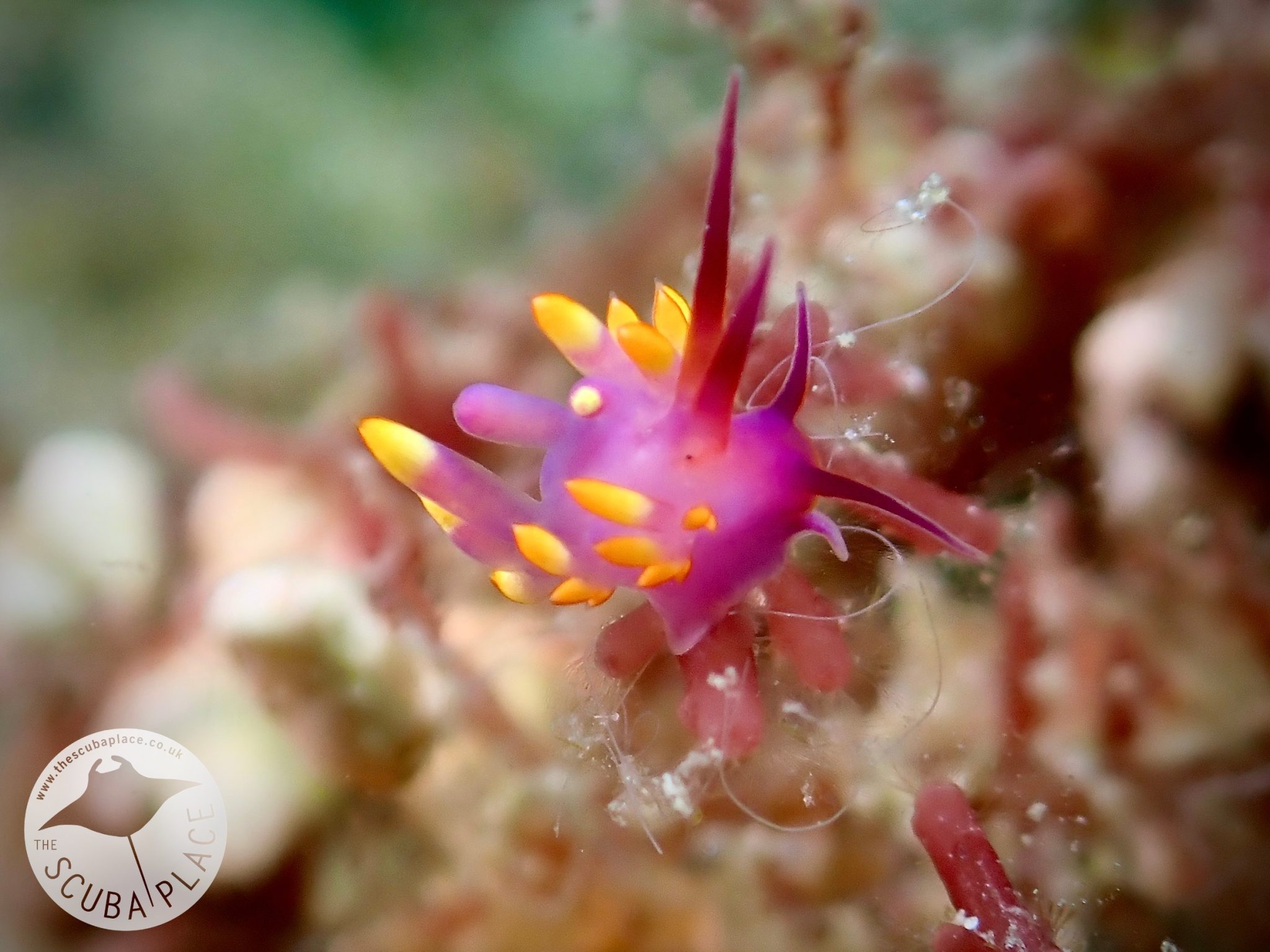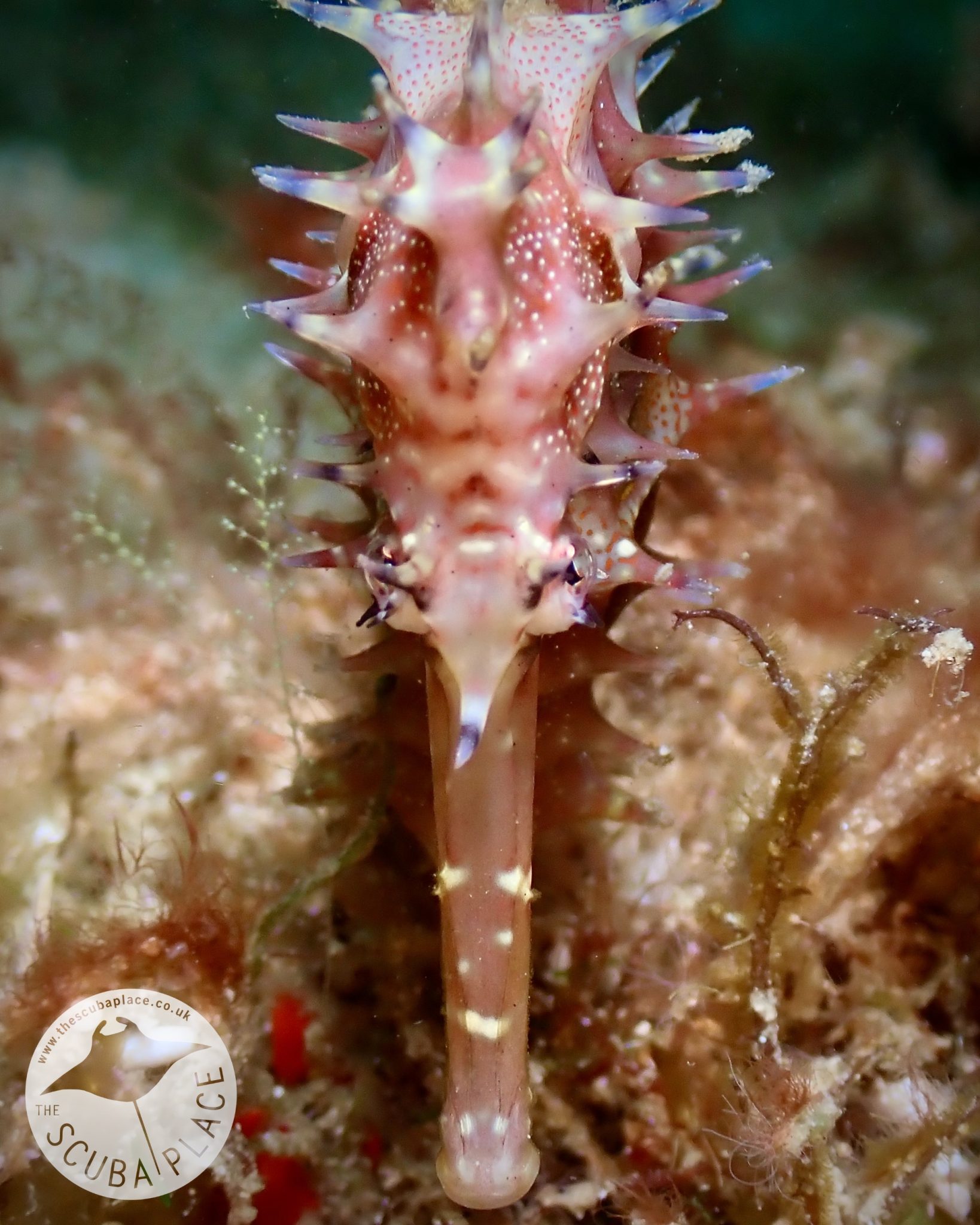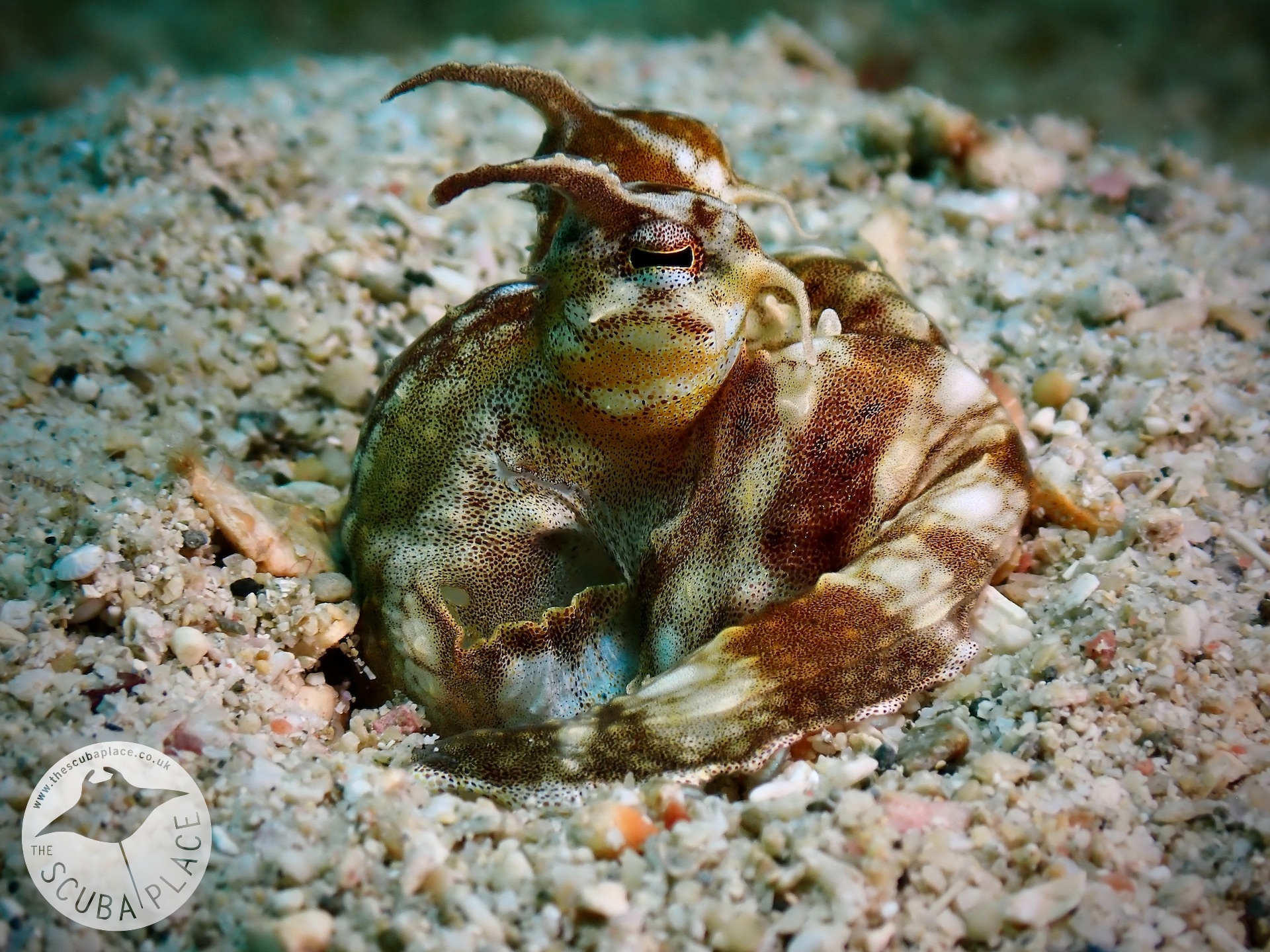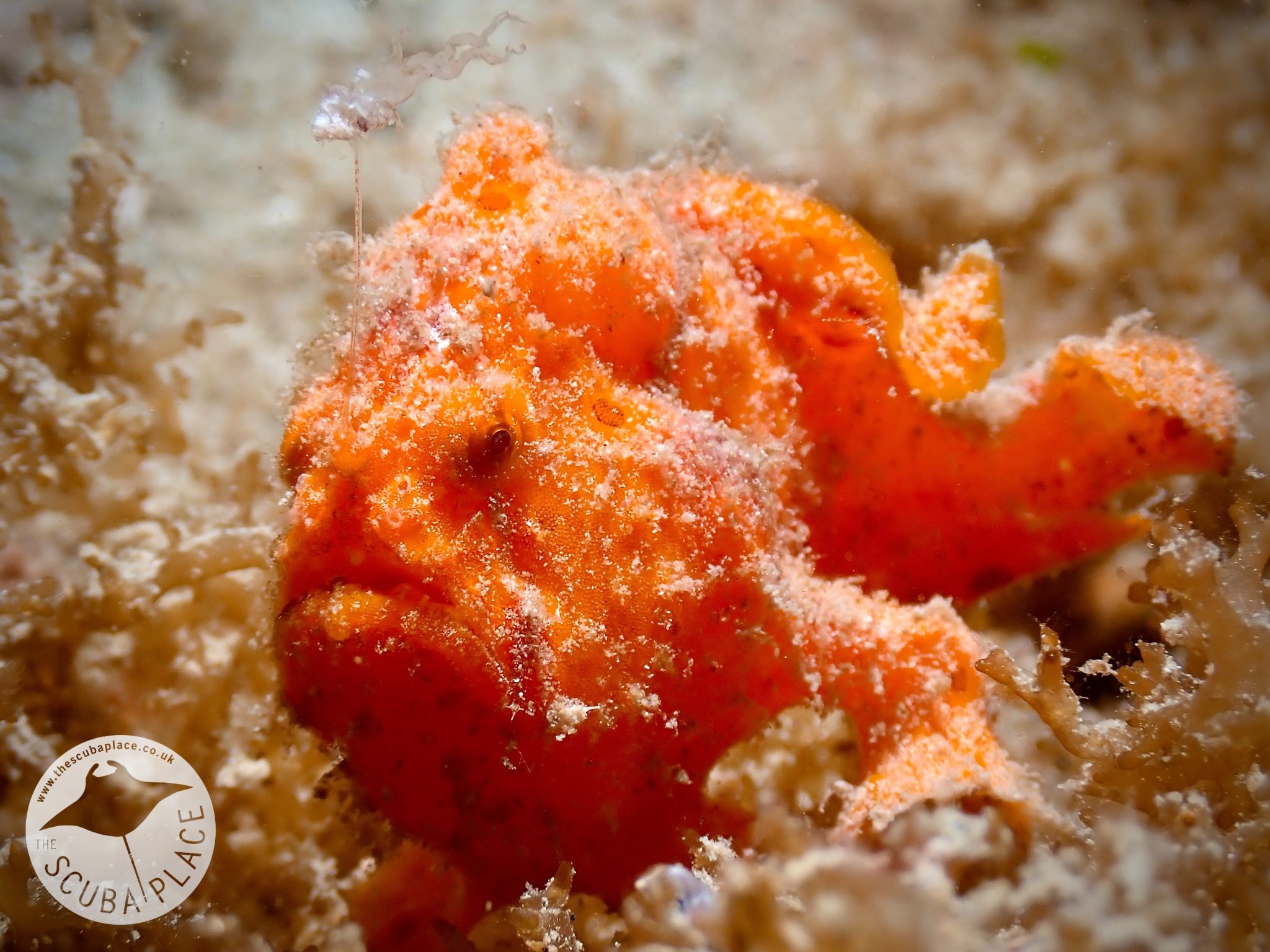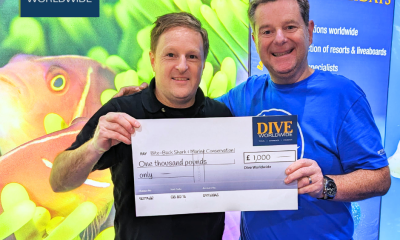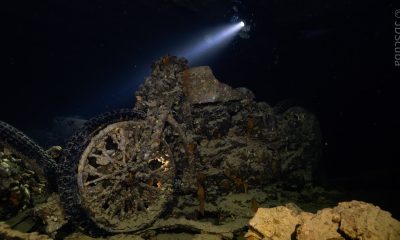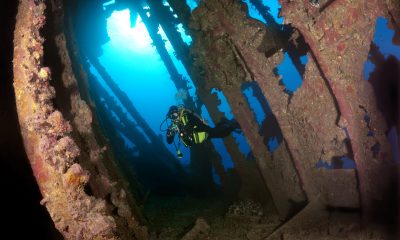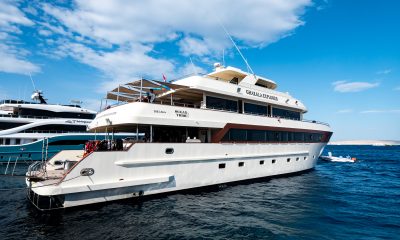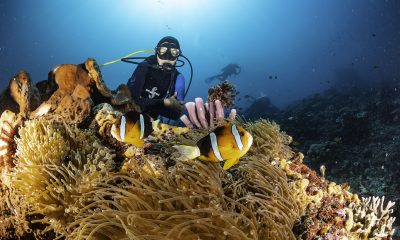Blogs
Dive the Philippines: Scandi Divers Puerto Galera Trip Report
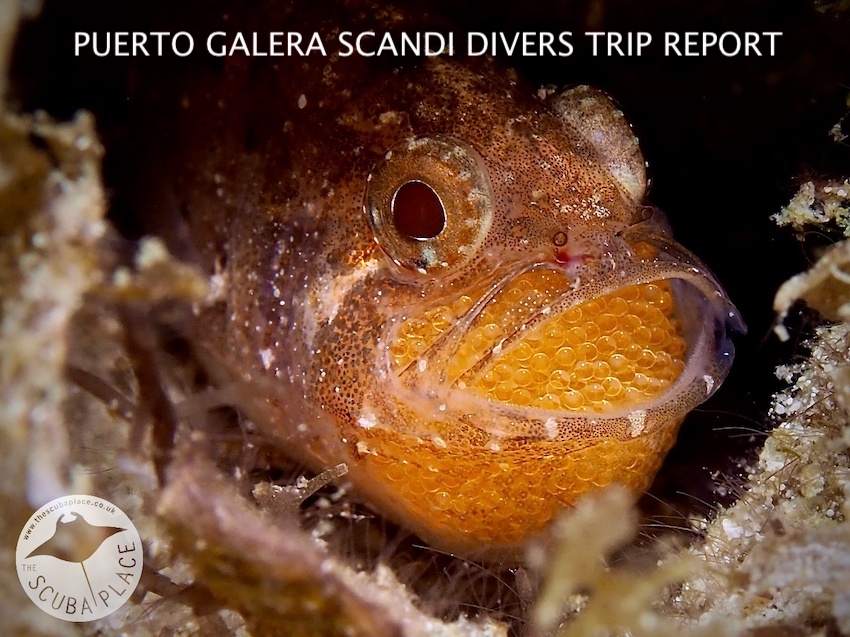
The Scuba Place visited Scandi Divers in Puerto Galera Philippines hosting a group of divers. This is their trip report from their visit in April 2023.
The question I am asked most often is of course, ‘What is your favourite dive destination?’
I have tried to be smart and answer with a number of responses encapsulating types of diving, such as wreck, big marine life, liveaboard etc, but in truth, I have never really known the actual answer. I have favourite dives of course, but not necessarily a favourite destination.
Until now that is!
So, I am going to start this trip report with a summary, and briefly outline where and why, so you don’t actually have to read the rest of my diatribe.
Scandi Divers, Puerto Galera in the Philippines. There – it is out there, I’ve said it, now here is the Why.
The beachfront location is perfect. The rooms are super comfortable. The service is impeccable – like a 5* hotel and beyond. The food is excellent, and the people are just amazing. The diving is world-class, and most importantly, in these current times, the exceptional value cannot be ignored. Honestly, it doesn’t cost much more for 9 nights, with 8 days diving, full board, flights and transfers than it does for a 7-night safari on one of the mainstream boats in the Red Sea.
Granted – The Philippines is a bit further to go, and might involve taking an extra day or two off work, but is it worth it? The details follow, and I will leave you to make your own decision.
Different airlines give a choice of route and timings, and as such, the costs are pretty competitive. We flew with Emirates from Heathrow via Dubai to Manila. Our first leg was an overnight flight and took just shy of 7 hours. The next leg to Manila is similar, and the baggage allowance was 30kgs. Emirates get it right too – great seats, excellent entertainment, and the transit in Dubai was just 2 hours.
Once you arrive in Manila, the transfer to the resort is dependent upon the time you arrive. If it is before lunch, then you can head straight to Batangas and catch the speedboat to Puerto Galera. If arriving later in the day, then it is an overnight stay in Manila as the boats aren’t able to cross after 4pm. We stayed at the Dusit Thani, but there are other similarly priced options close to the airport. We were picked up the next morning after breakfast. The trip to the Batangas marina takes 90 minutes or so, dependent upon traffic, and the speedboat is 30 minutes, arriving directly on the beach in front of Scandi Divers. We arrived at Scandi in time for lunch and an afternoon dive.
The first thing that struck us was the welcome – a huge flag with our logo on the beach made us feel special, and this is something Scandi do for all clubs arriving. Staff lined the beach, welcomed us with shell necklaces, cold facecloths and a welcome drink, and our bags were immediately taken to our rooms.
A welcome meeting in the bar upstairs by the resort and dive centre staff gave us all the resort information we needed: where to put our kit, when we wanted to dive, dining info and the like – and even a neck and shoulder massage whilst the briefing was taking place! And more gifts too; a refillable water bottle for each guest with name tags. What a welcome – we have never experienced better in all our travels.
It was then on to our rooms, and as a group, we had pretty much every room type. Across all rooms, expect good storage and good air-conditioning, together with ceiling fans and an en-suite. The poolside rooms had just been refurbished and were decorated beautifully, giving a real light and modern feel. A serious refurbishment plan has been put into place in the summer of 2023, and if the standards are the same as the previous roll-out, the rooms are going to be pretty special to say the least.
Others in the group had larger penthouse rooms right on the seafront – beautiful views from up high over the whole bay, and the brand new beachfront cottage rooms, perfect for single occupancy without a supplement, provide a neat and tidy space spitting distance (literally) from the sand. We had a good tour around the suites above reception and these are perfect for a little touch of luxury. If travelling with a family, there is a three-bedroom suite that would be perfect for four to six people and has the best views over the beach too from its own balcony.
Sadly, I didn’t lose any weight whilst staying at Scandi – it’s always a hope, and sometimes achieved, but definitely not on this trip – the food was delicious. Full board is the standard fare, and this includes a full cooked breakfast, and a choice of starters, mains and dessert at lunch and dinner. Beer or soda is included with meals, but if drinking at lunchtime, no diving in the afternoon! And happy hour before dinner was great for sharing our daily diving stories. All meals are cooked to order, and if the daily specials aren’t to your liking, then there is a huge a la carte menu that you can order from without any penalty.
And the quality? Excellent. Asian, Thai, Korean BBQ and western meals were all available – we took advantage of every flavour and had a Chinese feast one night just for variety. Seafood is as fresh as it can be, the soups offered daily are amazing, and tasty pizzas, pastas and burgers too. All our meals were absolutely delicious, and all dietary requirements are catered for.
And the diving? WOW – just WOW!
The dive centre is on the ground floor right on the beach. You touch your kit once at the beginning of the trip to unpack it, and then at the end of the trip to pack up again. In between, the exceptional staff build it, carry it to and from the boat, help you kit up and de-kit, and rinse everything for you at the end of each dive, hanging wetsuits up to dry too.
There are separate rinse tanks for suits, BCD’s, masks, boots, and of course cameras, along with a climate-controlled camera room for storage, charging and swapping batteries and cards between dives.
The dive boats – four of them – vary in size, from a 4-diver skiff through to 12-person outriggers. Each experienced all of them and can honestly say they all are comfortable, have plenty of space and offer easy access to the water. Backward rolls for entry, and then you de-kit in the water and climb a good ladder to exit. Warm facecloths are provided to each diver after the dive to rinse off the salt – such a nice touch!
Puerto Galera is said to have a greater density of biodiversity than the Caribbean Sea and the Great Barrier Reef put together, and even being aware of this prior to our arrival, we were quite simply gobsmacked by the underwater environment. Every dive brought a huge smile to our faces.
There are close to 50 dive sites within a very short boat ride, offering exceptional variety. Big drift dives are offered, where you can hook onto the reef and watch big schools of jacks and tuna hang in the blue. There are also numerous wrecks – not big wrecks with penetration opportunities, but fishing boats that have become artificial reefs – full of ornate ghost pipefish, painted and warty frogfish, cardinal fish with their mouths full of eggs, jawfish, nudis and shrimps of several different types.
The numerous reef dives offer a gentle descent over extremely healthy hard and soft corals, giant sponges, and we saw morays of several different types, turtles, catfish balls, anemones, and their inhabitants (including porcelain crabs), and so much more. Mantis shrimp scuttle across the sand, frogfish hide amongst the sponges, and we even found ghost pipefish with a full egg pouch. Nudibranchs of so many varieties crawl over the reef surfaces, seahorses hide in the weeds, and the list goes on and on.
Included in every dive package at Scandi is a day trip to the amazing Verde Island. This three-dive, lunch-on-the-beach-included day trip takes in this famous collection of dive sites where the drop-off is just extreme. The Verde Island Passage has been called ‘The Centre of the Centre of Marine Biodiversity of the World’ and yes – this day delivers the goods! Beautiful corals and sponges, and schooling fish galore, with a good current to boot made these dives very special. There were times that the drop-off was totally obscured by the marine life, and yet we still found a couple of octopus, loads of different nudis and little critters inside of the plethora of feather star and crinoids. This is a day not to be missed!
Finally, there is the muck or macro dives. Here are plenty of choices, but we found the best to be in the channel just 5 minutes away from the resort. We found pretty much everything anyone could want! We had a bucket list of course, and the only thing that didn’t turn up was a polar bear.
Flamboyant cuttlefish, squid, tiny cuttlefish, octopus – and yes, blue ringed, wonderpus AND mimic. Nudis galore, tiny frogfish the size of a thumbnail, a few small bobbitt worms, rhinopias, two Ambon scorpionfish, more cardinal fish, seahorses, pygmy seahorses, orangutang crabs, crinoid shrimp and crabs, emperor shrimp, skeleton shrimp, squat lobsters – this list really does go on and on – and then some more!
As keen photographers, this really was heaven for us, and in all of our experience to date, this has been the highest-yield destination we have been to. Here are a few of our favourites and check out our full gallery here.
On top of all of this – the quality accommodation, the food, the spectacular diving – there are two more things to really focus on when substantiating this as a firm favourite destination.
Firstly, it is the little things that the resort does to make you feel welcome – right from the very start. A bar of chocolate in your room with a personalised label, thanking you for choosing to stay there. A friendship bracelet, waiting in your room after a diving day. Your personalised water bottle, a t-shirt that is co-branded with Scandi and your own dive club logo – again the list is long.
And lastly, the thing that really made it difficult to leave is the people. They know your name from day one, know your favourite food, favourite drink, and cannot do enough for you, but it is more than that. The people are just lovely! Happy, passionate, super-friendly and they really care – really! They just love to celebrate with you too – birthdays, anniversaries, dive milestones and generally, everything that needs to be celebrated! The energy that they put into the fire dancing performance evening and the live music evening is representative of their genuine passion, and we just loved it all!
We left at the end of two weeks, and to be honest, waving goodbye was emotional.
You know what that means – we have to go back!!
In fact, we’ve already made plans and are hosting another trip in May 2024. Come Dive with Us! Check out the brochure with the full itinerary here.
Key Facts
- Getting there : Our flights were with Emirates flying from Heathrow to Manila via Dubai. Total flight time was 18½ hours landing in Manila the following evening. A taxi to the Dusit Thani took a little over 30 minutes and cost about £35. We’re going to try an airport hotel next time. A little sleep then breakfast in the morning before getting picked up by Scandi staff at 10am for transport to the marina. Luggage was loaded onto the speedboat and we settled in for a quick 30 minute crossing to Puerto Galera. The ramp from the speedboat was dropped right on to the beach in front of the resort where we were greeted by Scandi staff.
- Air temperature : Tropical – average daily temperature throughout the year is 24-30°C. The warmest and driest months are April and May and the wettest months are usually July and August.
- Water temperature : 26-29°C. A 1-3mm full suit or shorty will suit most.
- Visa requirement : UK passport holders are permitted to enter the Philippines without a visa for an initial period of 30 days.
- Health protocols : If you’re fully vaccinated you can enter the Philippines provided you have proof of vaccination, proof of return journey, 6 months of validity left on your passport and have registered for an e-Travel pass within 72 hours of arrival.
- Currency : Philippine peso or US Dollar are accepted in resort. Cash or credit card with a 4% fee.
- Electricity : 220V with 2 or 3-prong sockets. Our adaptor worked without issue.
- Internet and Wi-Fi : There is wifi in resort and worked well in our room which was furthest from reception. We were able to email, WhatsApp and post on social media without issue.
Price Guide: Expect from £2250 per person based on two sharing a standard room for 9 nights with 8 days diving – 3 dives per day offered, plus one night or blackwater dive and excursion to Verde Island. A one hour complimentary massage was included and was the perfect treat after a few days of travel or at the end of the holiday.
Our Advice: Go to the Philippines! It is a destination that we love and look forward to visiting time and time again. Affordable with diving fit for every level and it’s a goldmine for any underwater photographer.
Packing tips
Rechargeable fan(s) : If you’ve read any of our recent trip reports we recommend these over and over again. We can’t believe we travelled without them for so many years! Join the fan club and grab one off Amazon… you won’t regret it!
Insect repellent : We’ve made a habit of throwing some repellent in our dive bags every trip but with the lovely breezes we didn’t suffer the mozzies much at all!
Scandi had it all, specialty coffees whenever you need a caffeine hit and an ice cream cooler with treats if you fancy, so just know you’ll want for little while you’re there!
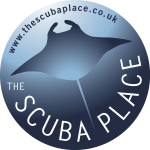 The Scuba Place designs and builds custom scuba diving holidays. With personal knowledge and experience diving in many of our destinations, there is no one better to help build your dream dive holiday. Come Dive with Us!
The Scuba Place designs and builds custom scuba diving holidays. With personal knowledge and experience diving in many of our destinations, there is no one better to help build your dream dive holiday. Come Dive with Us!
Call us at 020 3515 9955 or email at reservations@thescubaplace.co.uk
Find us on
Facebook : https://www.facebook.com/thescubaplace
Instagram : https://www.instagram.com/the.scuba.place/
YouTube : https://www.youtube.com/channel/UCH684OdioYirI-zzdT58Ceg
Blogs
Northern Red Sea Reefs and Wrecks Trip Report, Part 3: The Mighty Thistlegorm
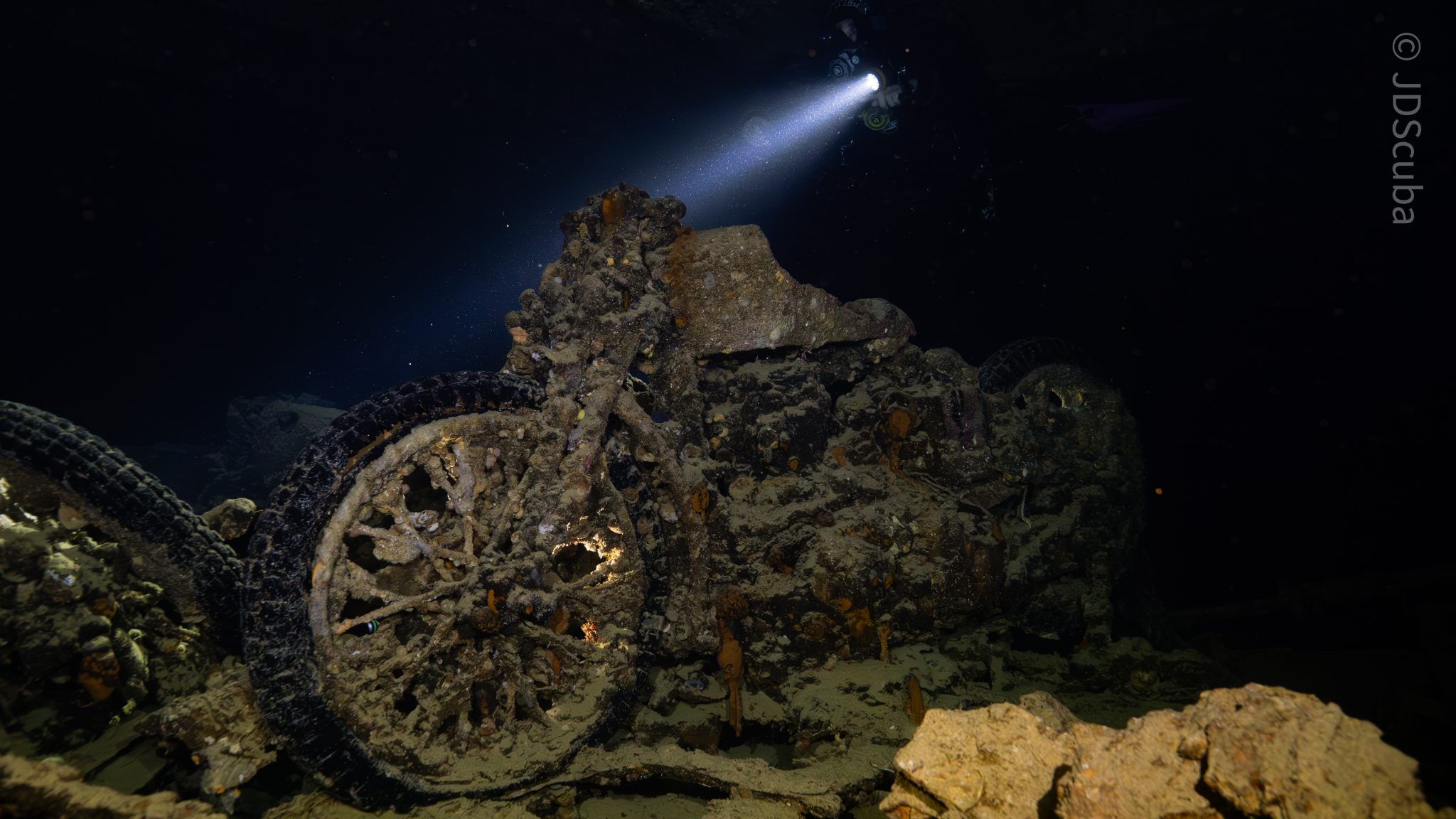
Jake Davies boards Ghazala Explorer for an unforgettable Red Sea diving experience…
Overnight, the wind picked up, making the planned morning dive a bit bumpy on the Zodiacs to the drop point on Thomas Reef. There, we would dive along the reef before descending through the canyon and then passing under the arch before ascending the wall with a gentle drift. The site provided great encounters with more pelagic species, including shoals of large barracuda, tuna, and bigeye trevally.
Once back on the boat, it was time to get everything tied down again as we would head back south. This time, with the wind behind us, heading to Ras Mohammed to dive Jackfish Alley for another great gentle drift wall dive before then heading up the coast towards the Gulf of Suez to moor up at the wreck of the Thistlegorm. This being the highlight wreck dive of the trip and for many onboard, including myself, it was the first time diving this iconic wreck. I had heard so much about the wreck from friends, and globally, this is a must on any diver’s list. Fortunately for us, there was only one other boat at the site, which was a rarity. A great briefing was delivered by Ahmed, who provided a detailed background about the wreck’s history along with all the required safety information as the currents and visibility at the site can be variable.
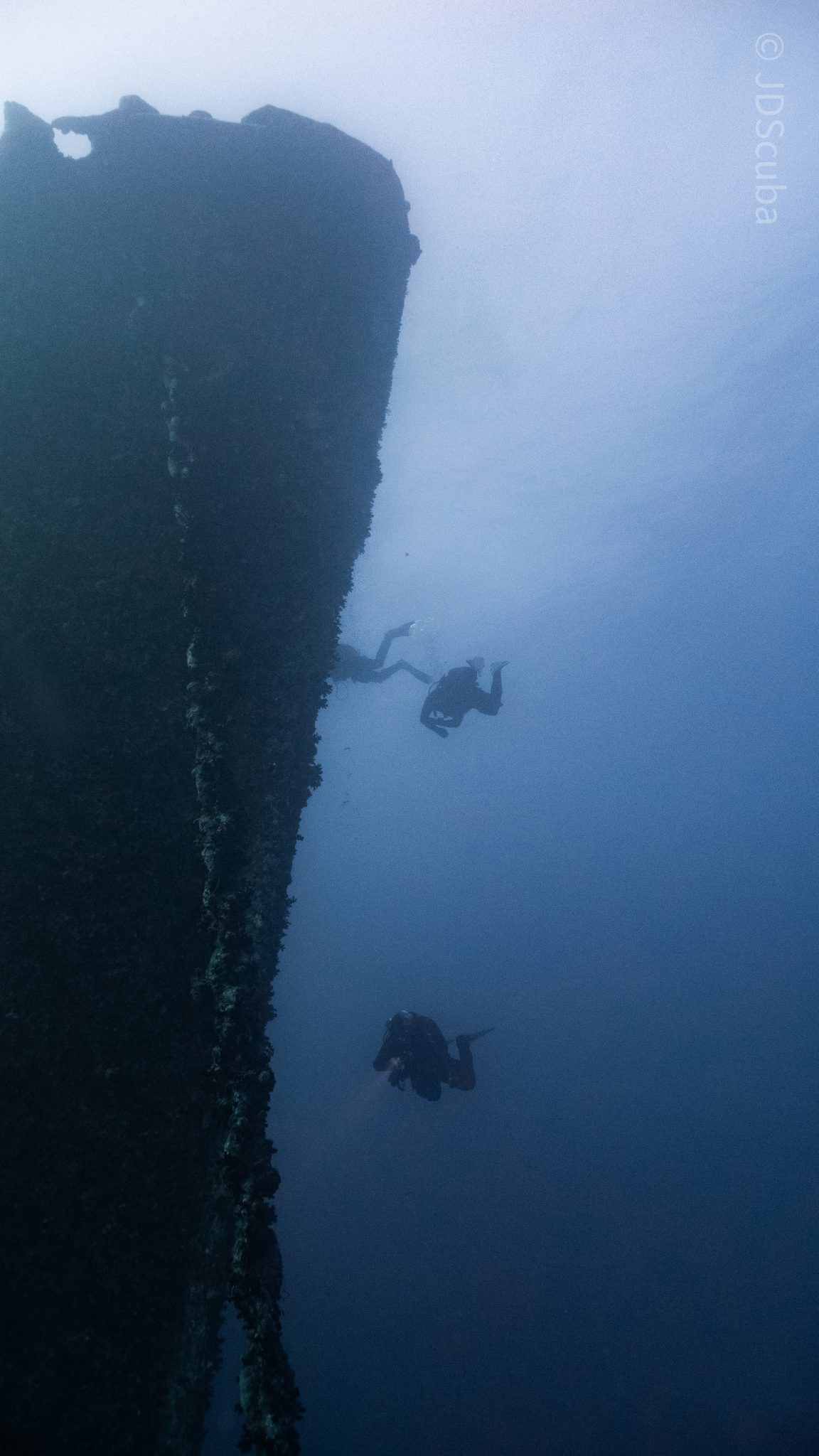
Kitting up, there was a lot of excitement on deck before entering the water and heading down the shoreline. Descending to the wreck, there was a light northerly current which reduced the visibility, making it feel more like the conditions that can be found off the Welsh coast. At 10m from the bottom, the outline of the wreck appeared as we reached the area of the wreck which had been bombed, as our mooring line was attached to part of the propeller shaft. Arriving on deck, instantly everywhere you looked there were many of the supplies which the ship was carrying, including Bren Carrier tanks and projectiles that instantly stood out.
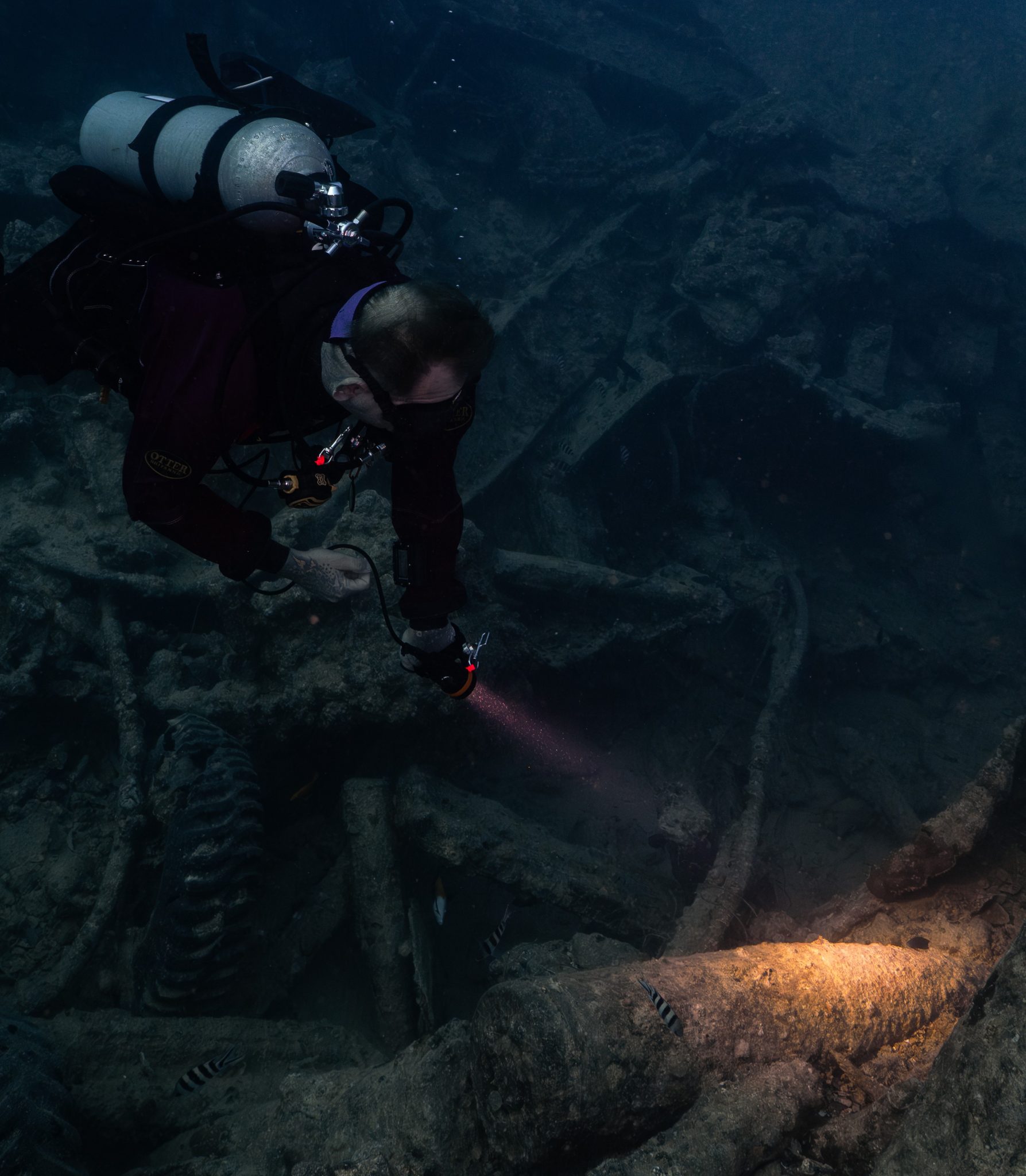
We headed around the exterior, taking a look at the large propeller and guns mounted on deck before entering the wreck on the port side to take a look in the holds. It was incredible to see all the trucks, Norton 16H, and BSA motorcycles still perfectly stacked within, providing a real snapshot in time.
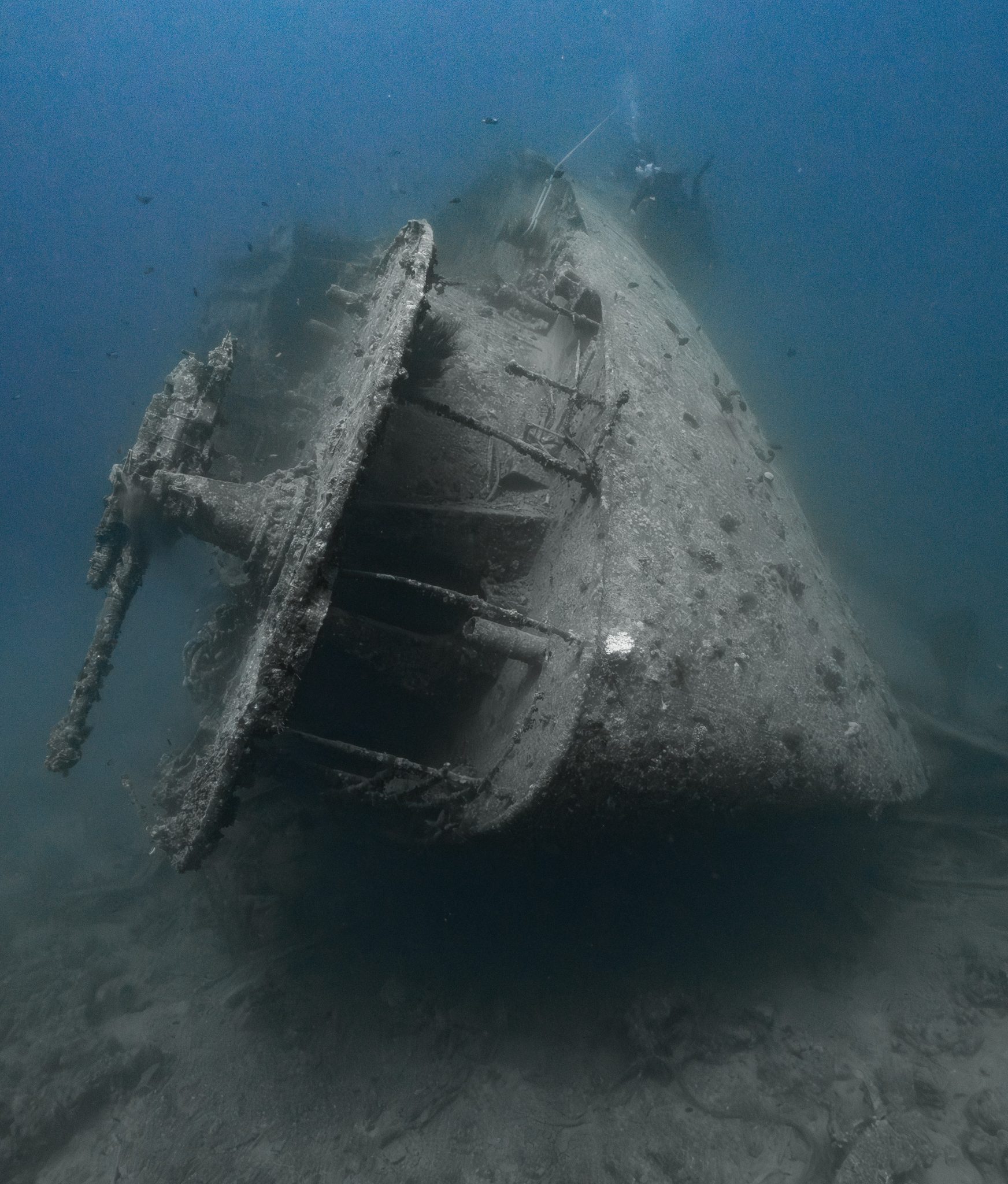
Overall, we had four dives on the Thistlegorm, where for all of the dives we were the only group in the water, and at times, there were just three of us on the whole wreck, which made it even more special, especially knowing that most days the wreck has hundreds of divers. Along with the history of the wreck, there was plenty of marine life on the wreck and around, from big green turtles to batfish, along with shoals of mackerel being hunted by trevally. Some unforgettable dives.
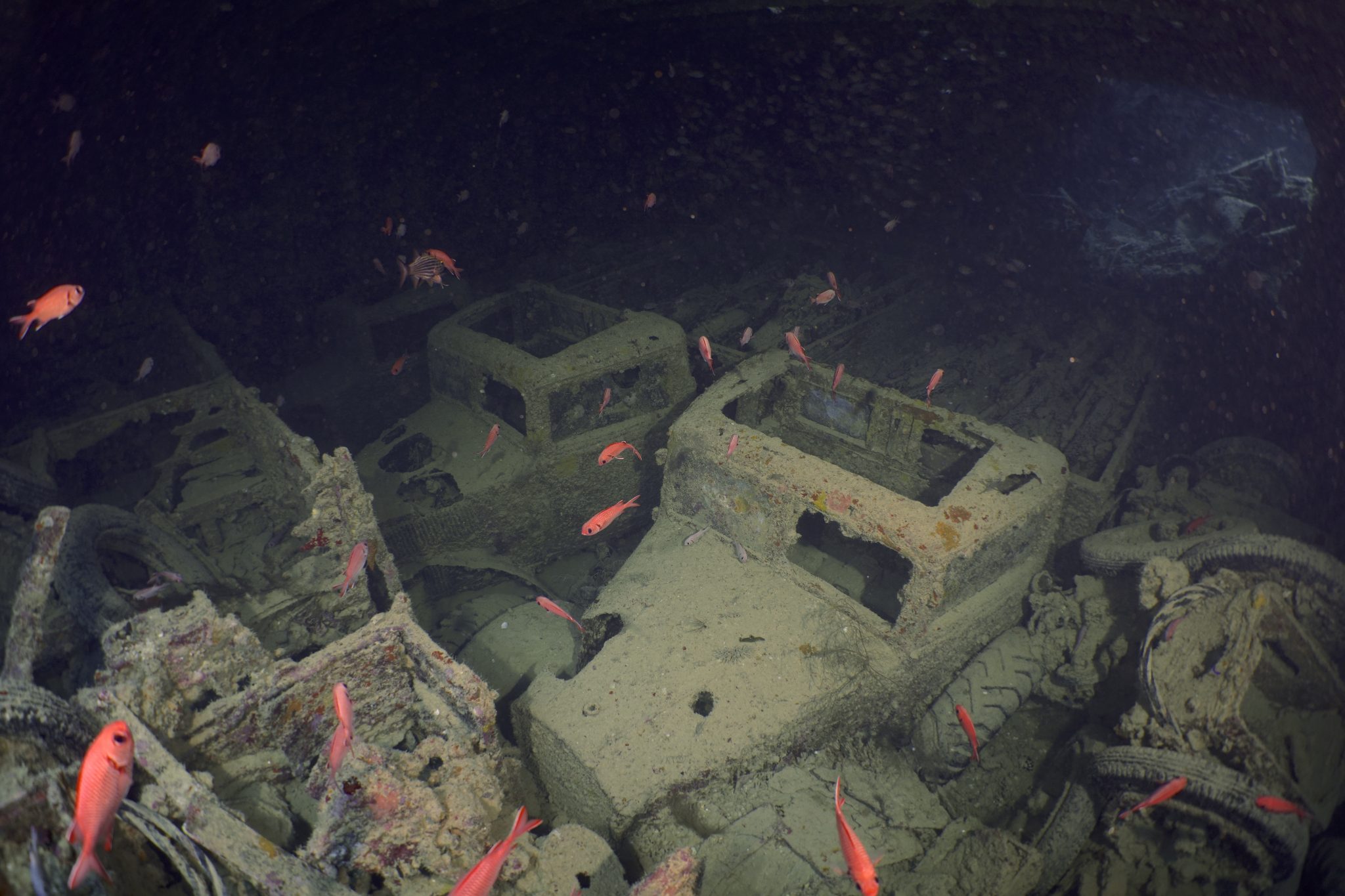
The final leg of the trip saw us cross back over the Suez Canal to the Gobal Islands where we planned to stay the night and do three dives at the Dolphin House for the potential of sharing the dive with dolphins. The site, which included a channel that was teeming with reef fish, especially large numbers of goatfish that swam in large shoals along the edge of the reef. These were nice relaxing dives to end the week. Unfortunately, the dolphins didn’t show up, which was okay as like all marine life they are difficult to predict and you can’t guarantee what’s going to be seen. With the last dive complete, we headed back to port for the final night where it was time to clean all the kit and pack before the departure flight the next day.
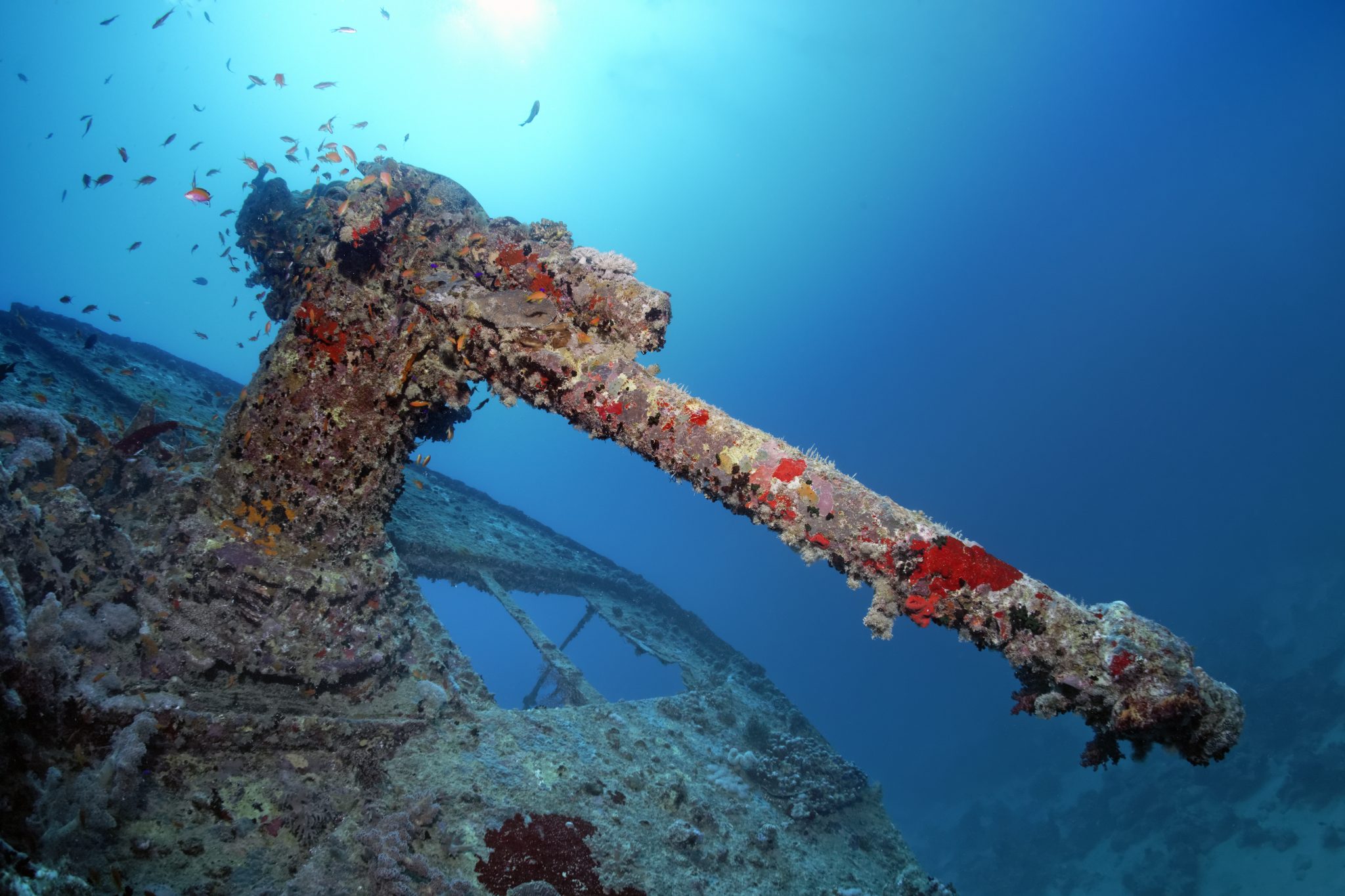
The whole week from start to finish on Ghazala Explorer was amazing; the boat had all the facilities you need for a comfortable week aboard. The crew were always there to help throughout the day and the chefs providing top quality food which was required after every dive. The itinerary providing some of the best diving with a nice mixture of wreck and reef dives. I would recommend the trip to anyone, whether it’s your first Red Sea liveaboard in the Red Sea or you’re revisiting. Hopefully, it’s not too long before I head back to explore more of the Red Sea onboard Ghazala Explorer.
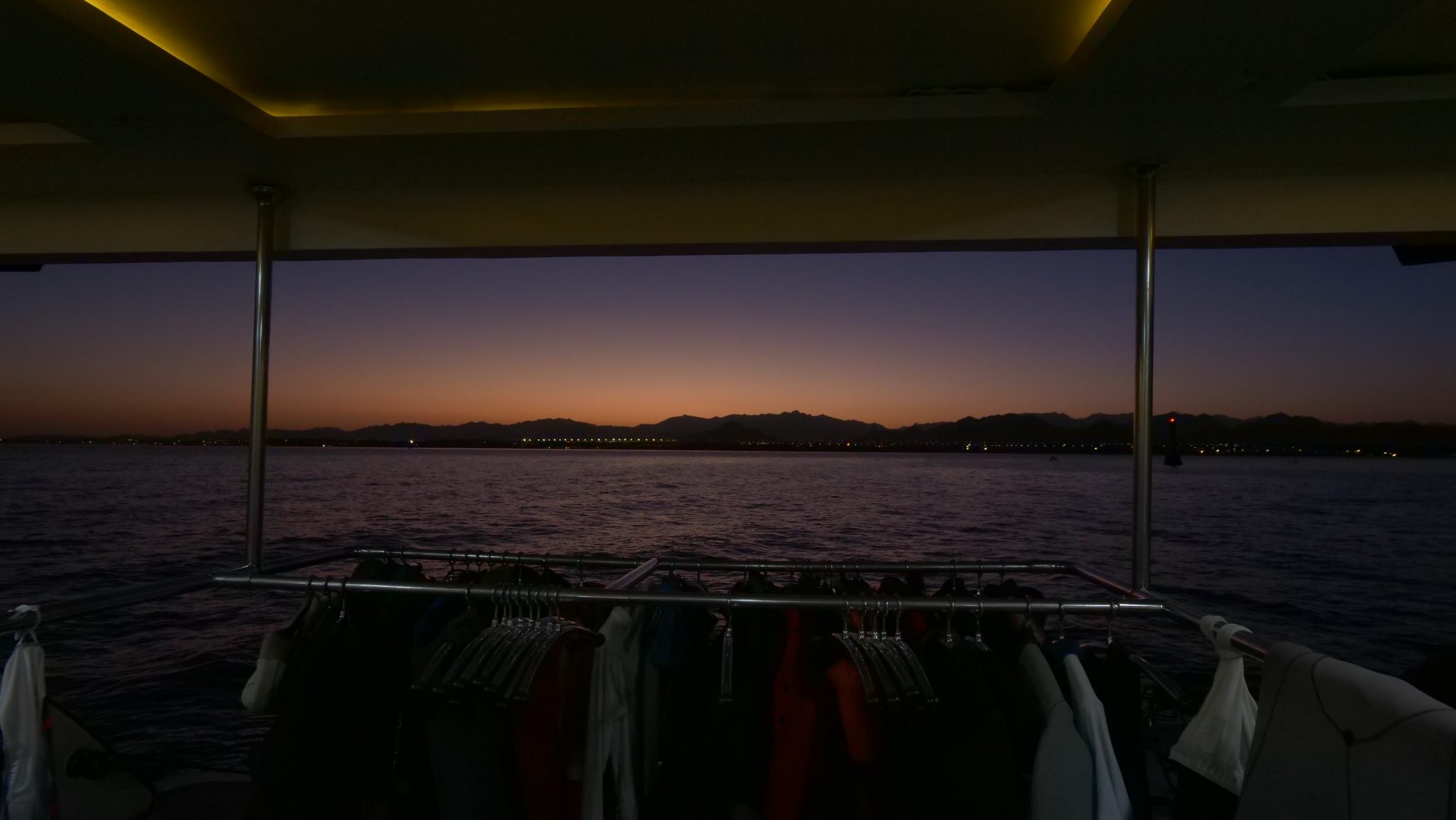
To find out more about the Northern Red Sea reef and wrecks itineraries aboard Ghazala Explorer, or to book, contact Scuba Travel now:
Email: dive@scubatravel.com
Tel: +44 (0)1483 411590
Photos: Jake Davies / Avalon.Red
Blogs
Northern Red Sea Reefs and Wrecks Trip Report, Part 2: Wall to Wall Wrecks
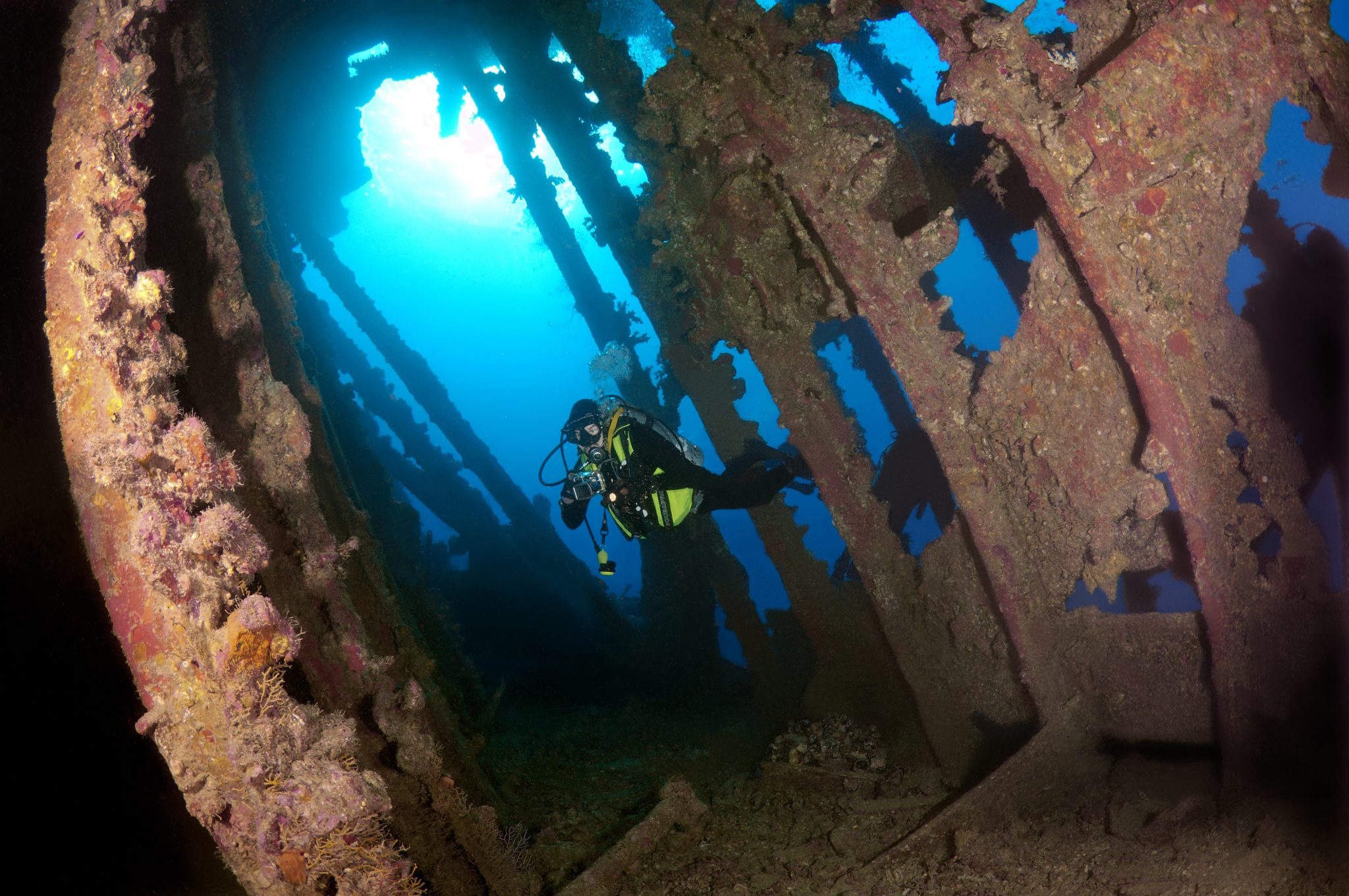
Jake Davies boards Ghazala Explorer for an unforgettable Red Sea diving experience…
The second day’s diving was a day full of wreck diving at Abu Nuhas, which included the Chrisoula K, Carnatic, and Ghiannis D. The first dive of the day was onto the Chrisoula K, also known as the wreck of tiles. The 98m vessel remains largely intact where she was loaded with tiles which can be seen throughout the hold. The stern sits at 26m and the bow just below the surface. One of the highlights of the wreck is heading inside and seeing the workroom where the machinery used for cutting the tiles are perfectly intact. The bow provided some relaxing scenery as the bright sunlight highlighted the colours of the soft coral reef and the many reef fish.
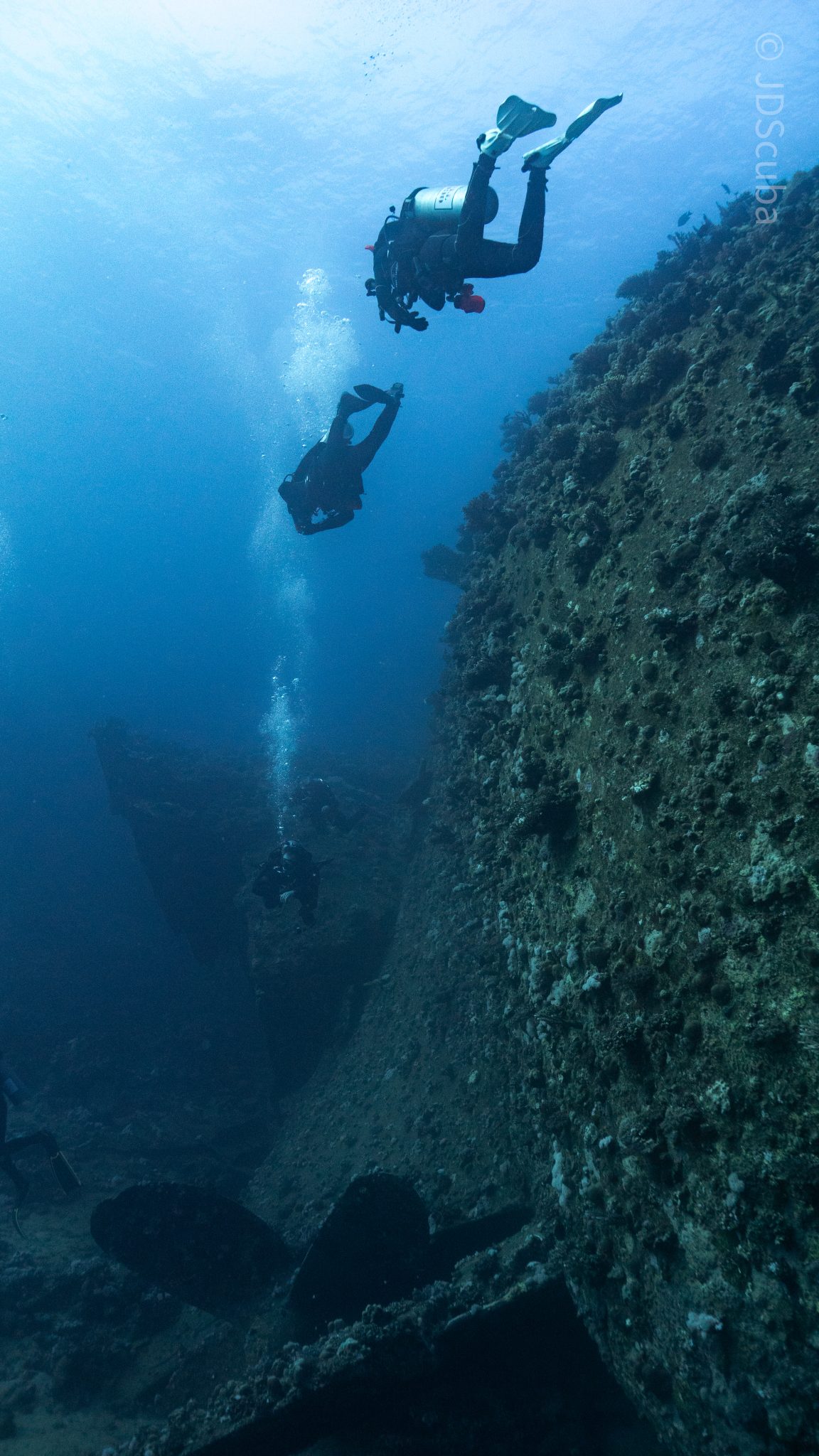
Following breakfast, we then headed to the next wreck, which was the Carnatic. The Carnatic is an 89.9m sail steamer vessel that was built in Britain back in 1862. She ran aground on the reef back in 1869 and remains at 27m. At the time, she was carrying a range of items, including 40,000 sterling in gold. An impressive wreck where much of the superstructure remains, and the two large masts lay on the seafloor. The wooden ribs of the hull provide structures for lots of soft corals, and into the stern section, the light beams through, bouncing off the large shoals of glass fish that can be found using the structure as shelter from the larger predators that are found outside of the wreck.
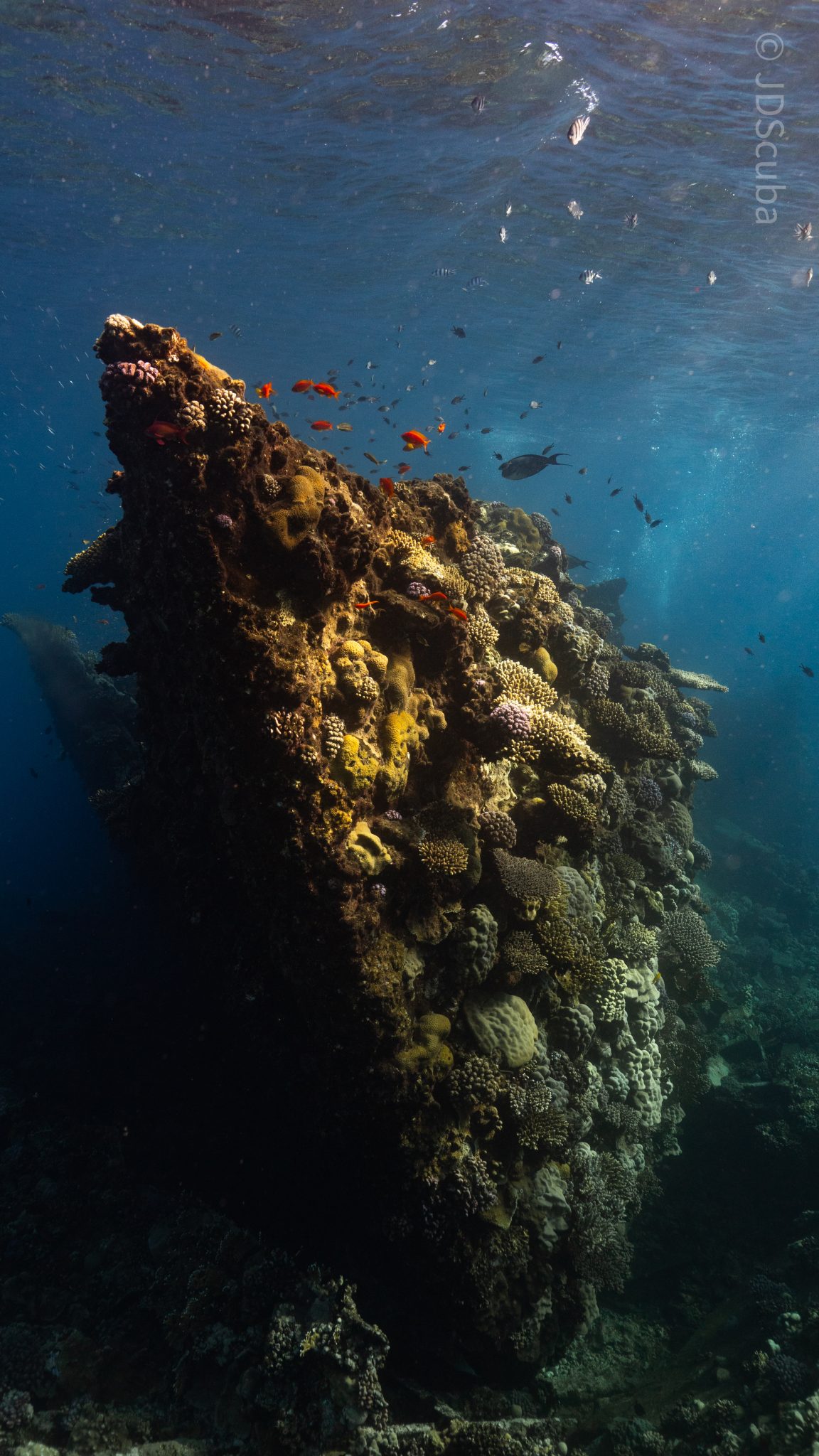
The final wreck at Abu Nuhas was the Ghiannis D, originally called ‘Shoyo Maru,’ which was 99.5m long and built in Japan back in 1969 before becoming a Greek-registered cargo ship in 1980. The ship then ran aground on the reef on April 19th, 1983, and now sits at the bottom at a depth of 27m. Heading down the line, the stern of the ship remains in good condition compared to the rest of the hull. The highlight of the wreck, though, is heading into the stern section and down the flights of stairs to enter the engine room, which remains in good condition and is definitely worth exploring. After exploring the interior section of the ship, we then headed over to see the rest of the superstructure, where it’s particularly interesting to see the large table corals that have grown at the bow relatively quickly considering the date the ship sank. After surfacing and enjoying some afternoon snacks, we made sure everything was strapped down and secured as we would be heading north and crossing the Gulf of Suez, where the winds were still creating plenty of chop.
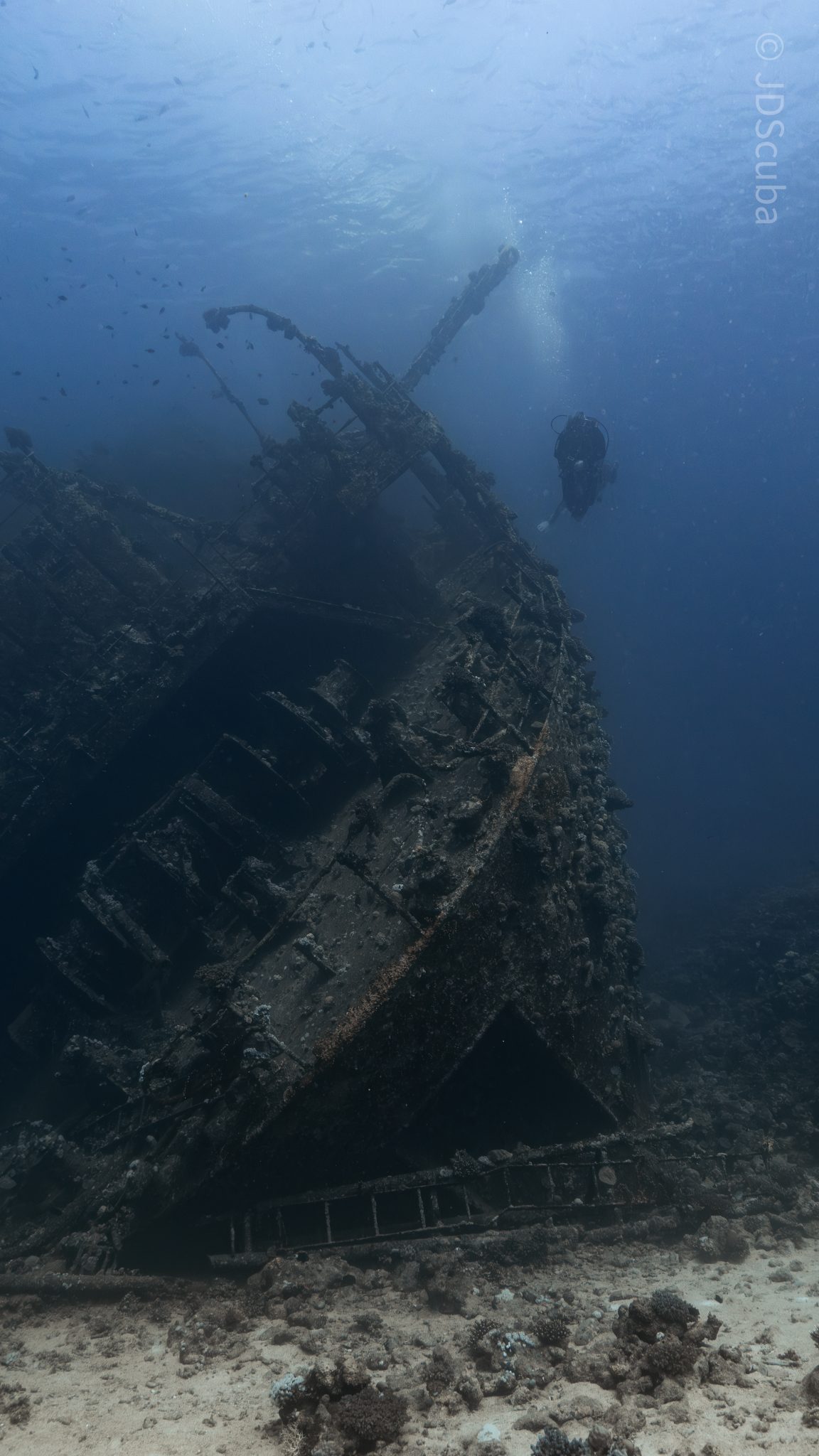
The next morning, it was a short hop to Ras Mohammed Nature Reserve for the next couple of days of diving. The 6am wake-up call came along with the briefing for the first site we would be diving, which was Shark & Yolanda. The low current conditions allowed us to start the dive at Anemone City, where we would drift along the steep, coral-filled wall. These dives involved drifts, as mooring in Ras Mohammed wasn’t allowed to protect the reefs. As a dive site, Shark & Yolanda is well-known and historically had a lot of sharks, but unfortunately not so many in recent years, especially not so early in the season. However, there was always a chance when looking out into the blue.
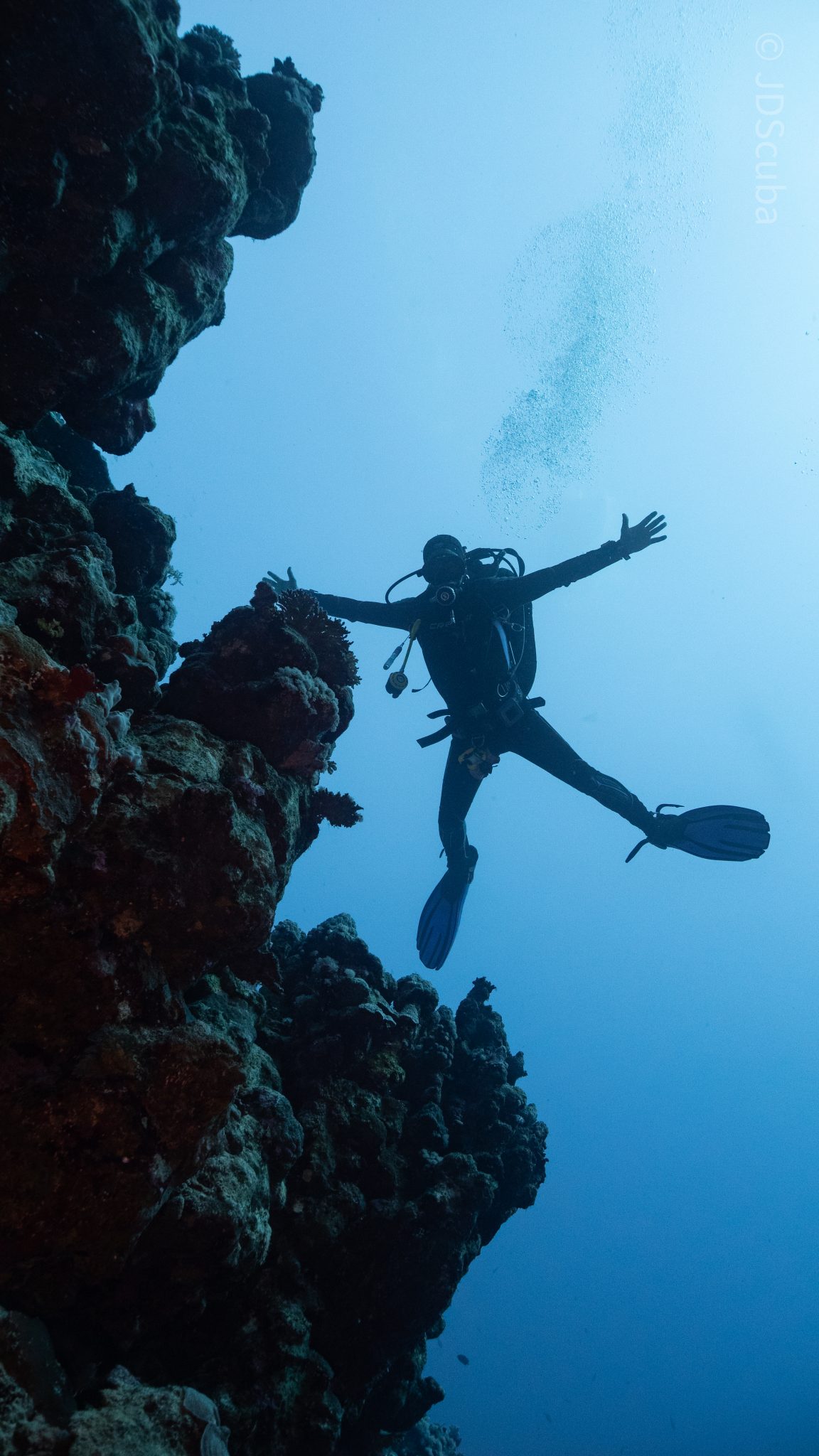
The gentle drift took us along the steep walls of the site, with plenty of anemone fish to be seen and a huge variety of corals. It wasn’t long into the dive before we were accompanied by a hawksbill turtle, who drifted with us between the two atolls before parting ways. Between the two reefs, the shallow patch with parts of coral heads surrounded by sand provided the chance to see a few blue-spotted stingrays that were mainly resting underneath the corals and are always a pleasure to see. With this being the morning dive, the early sunlight lit up the walls, providing tranquil moments. Looking out into the blue, there was very little to be seen, but a small shoal of batfish shimmering underneath the sunlight was a moment to capture as we watched them swim by as they watched us.
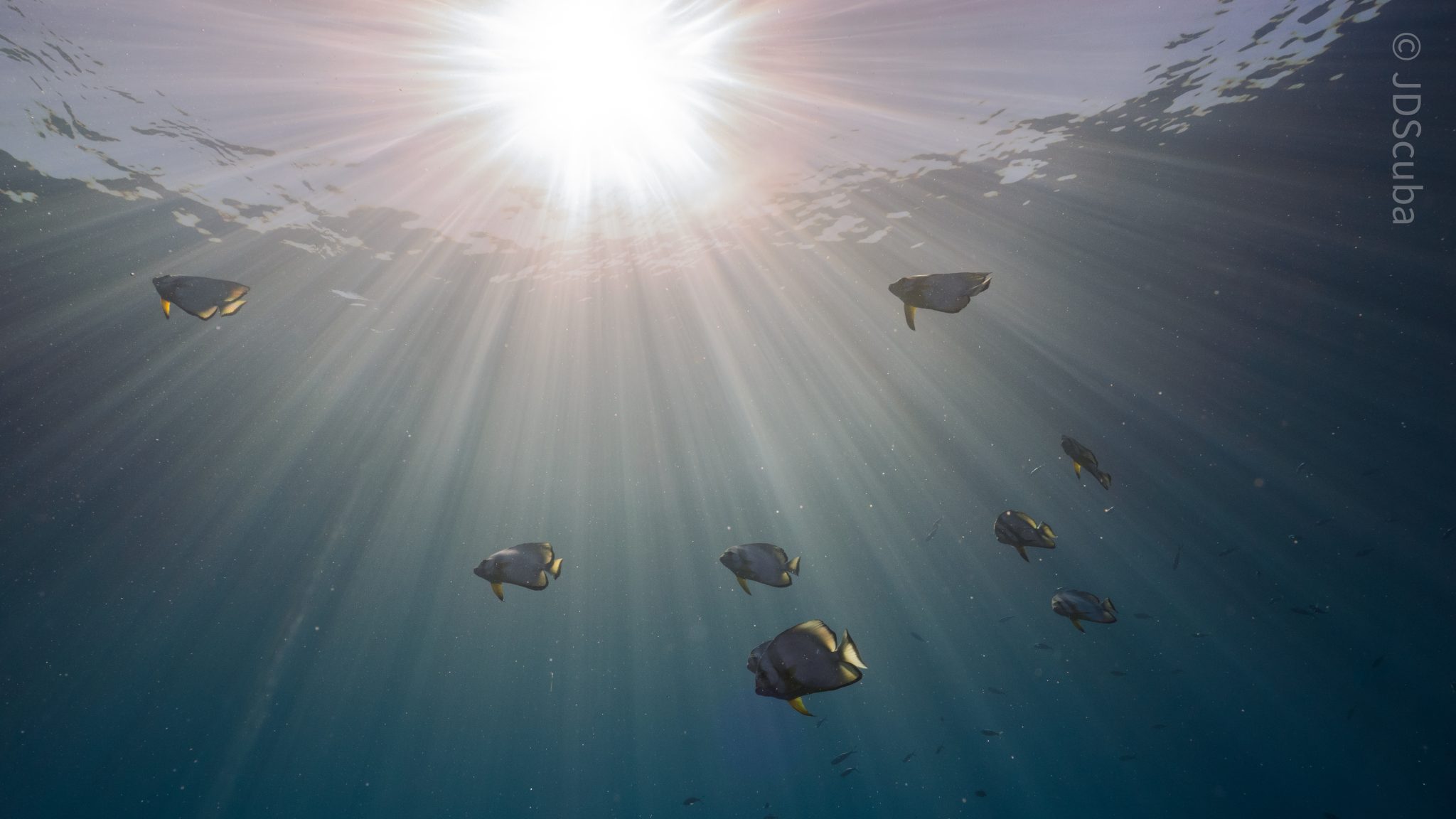
Towards the end of the dive, we stopped at the wreck of the Jolanda where the seafloor was scattered with toilets from the containers it was carrying. This provided a unique site to make a safety stop, which was also accompanied by a large barracuda slowly swimming by, along with a hawksbill turtle calmly swimming over the reef as the sun rays danced in the distance.
For the next dive, we headed north to the Strait of Tiran to explore the reefs situated between Tiran Island and Sharm El Sheik, which were named after the British divers who had found them. We started on Jackson before heading to Gordons Reef, where we also did the night dive. All the atolls at these sites provided stunning, bustling coral reefs close to the surface and steep walls to swim along, which always provided the opportunity to keep an eye out for some of the larger species that can be seen in the blue. Midwater around Jackson Reef was filled with red-toothed triggerfish and shoals of banner fish, which at times were so dense that you couldn’t see into the blue. Moments went by peacefully as we enjoyed the slow drift above the reef, watching these shoals swim around under the mid-afternoon sun.
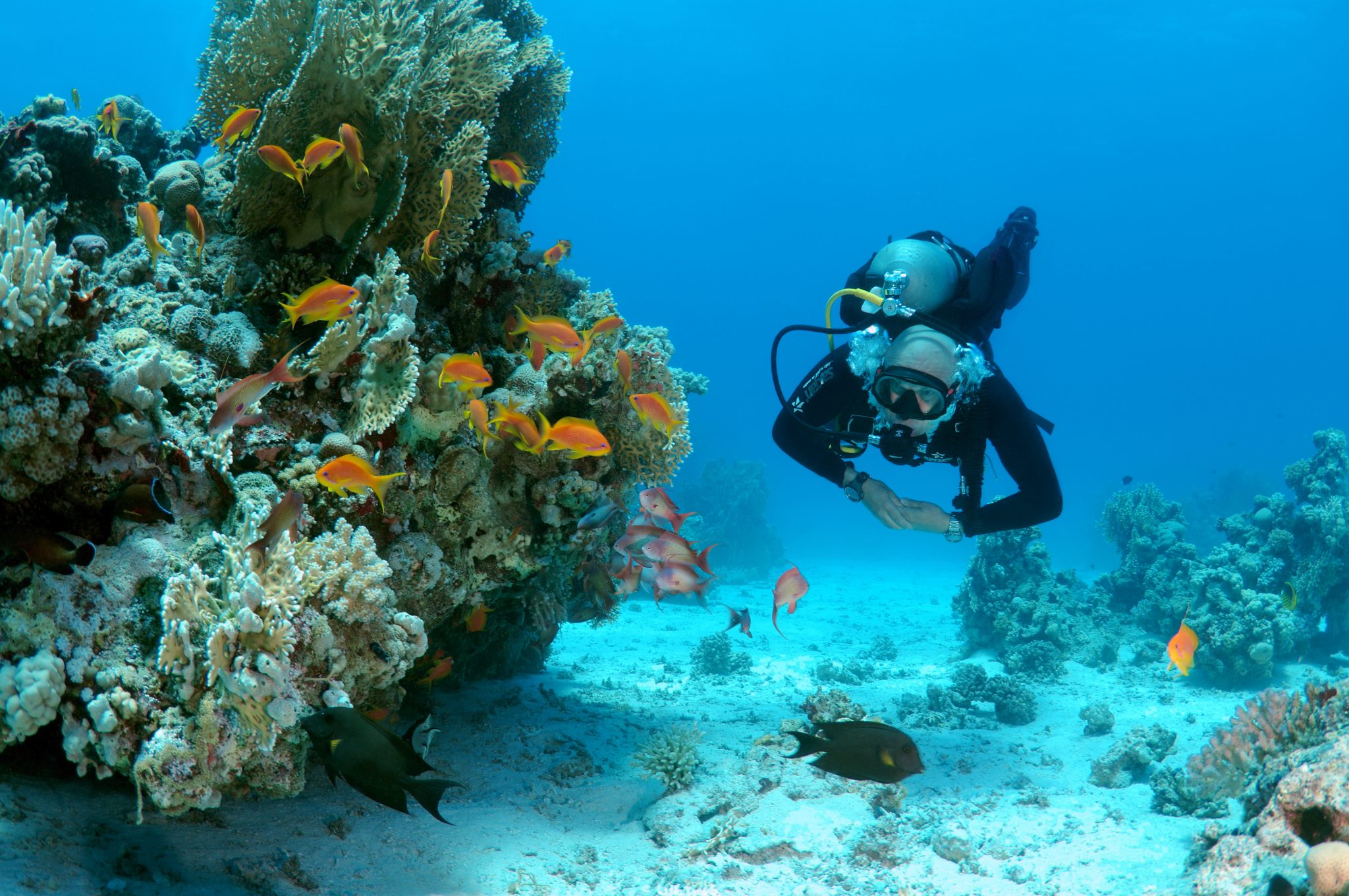
The night dive at Gordon’s Reef was mainly among the stacks of corals surrounded by sand, which was great to explore under the darkness. After some time circling the corals, we came across what we were really hoping to find, and that was an octopus hunting on the reef. We spent the majority of the dive just watching it crawl among the reef, blending into its changing surroundings through changes in colour and skin texture. It’s always so fascinating and captivating to watch these incredibly intelligent animals, in awe of their ability to carry out these physical changes to perfectly blend into the reef. Before we knew it, it was time to head back to the boat to enjoy a well-deserved tasty dinner prepared by the talented chefs onboard.
Check in for the 3rd and final part of this series from Jake tomorrow!
To find out more about the Northern Red Sea reef and wrecks itineraries aboard Ghazala Explorer, or to book, contact Scuba Travel now:
Email: dive@scubatravel.com
Tel: +44 (0)1483 411590
Photos: Jake Davies / Avalon.Red
-
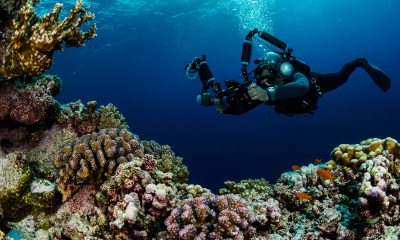
 News3 months ago
News3 months agoHone your underwater photography skills with Alphamarine Photography at Red Sea Diving Safari in March
-
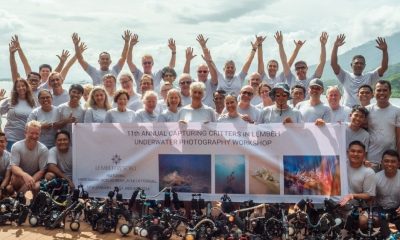
 News3 months ago
News3 months agoCapturing Critters in Lembeh Underwater Photography Workshop 2024: Event Roundup
-
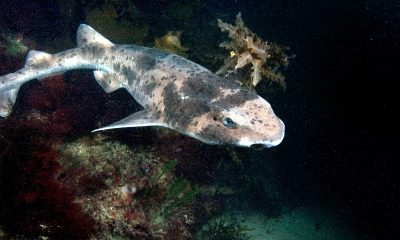
 Marine Life & Conservation Blogs3 months ago
Marine Life & Conservation Blogs3 months agoCreature Feature: Swell Sharks
-
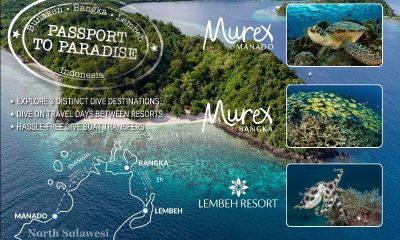
 Blogs2 months ago
Blogs2 months agoMurex Resorts: Passport to Paradise!
-
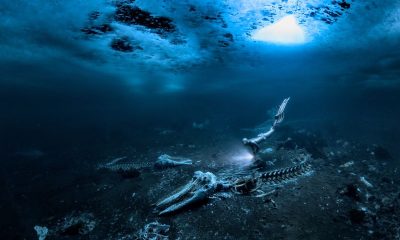
 Blogs2 months ago
Blogs2 months agoDiver Discovering Whale Skeletons Beneath Ice Judged World’s Best Underwater Photograph
-
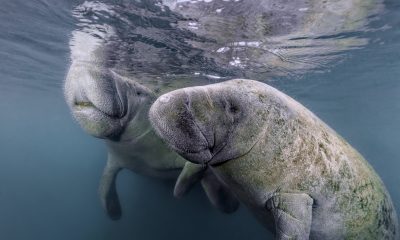
 Marine Life & Conservation2 months ago
Marine Life & Conservation2 months agoSave the Manatee Club launches brand new webcams at Silver Springs State Park, Florida
-
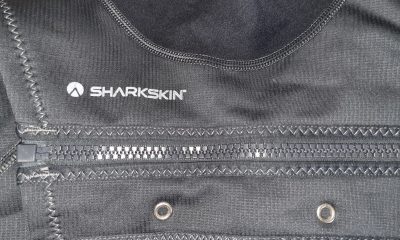
 Gear Reviews2 weeks ago
Gear Reviews2 weeks agoGEAR REVIEW – Revolutionising Diving Comfort: The Sharkskin T2 Chillproof Suit
-

 Gear Reviews3 months ago
Gear Reviews3 months agoGear Review: Oceanic+ Dive Housing for iPhone


